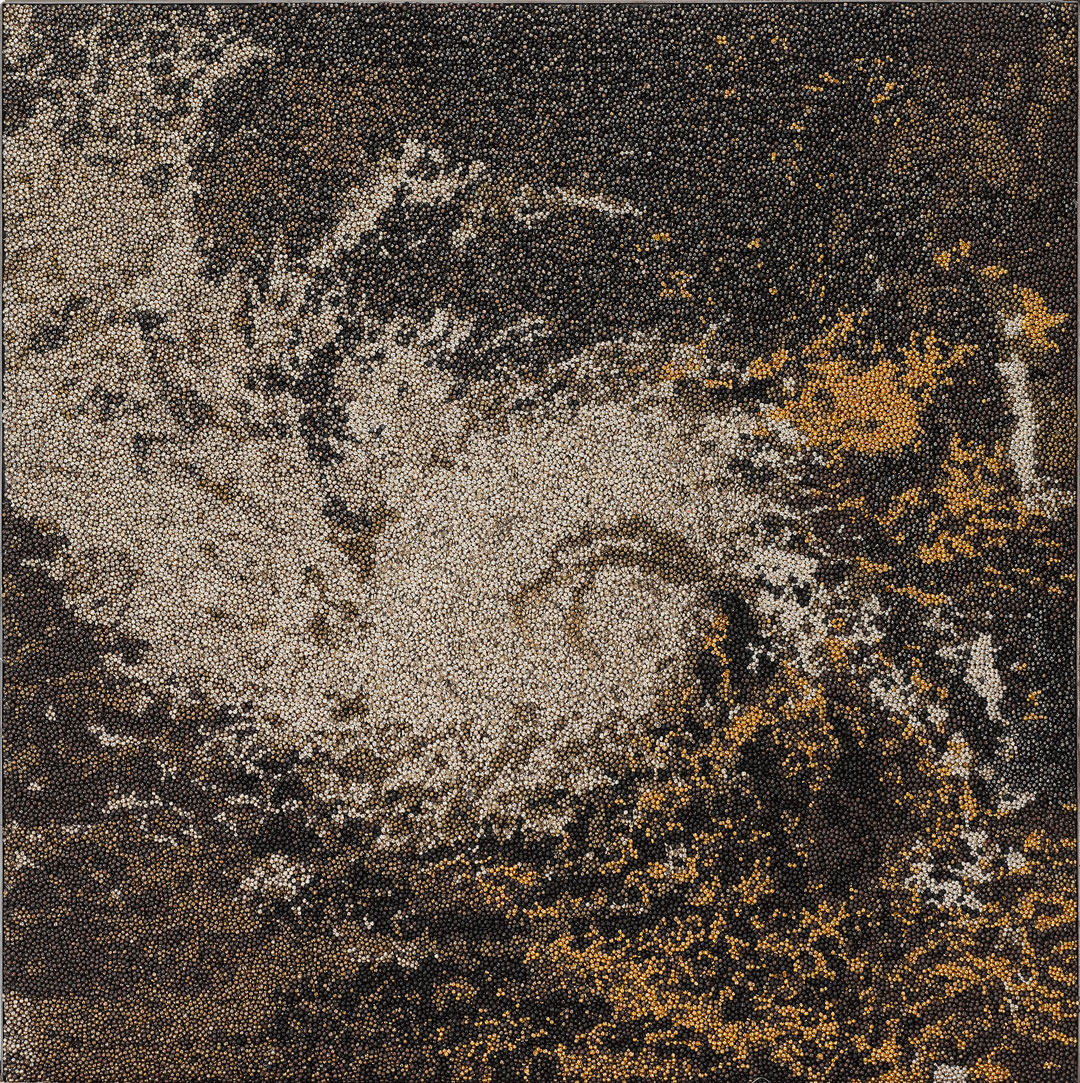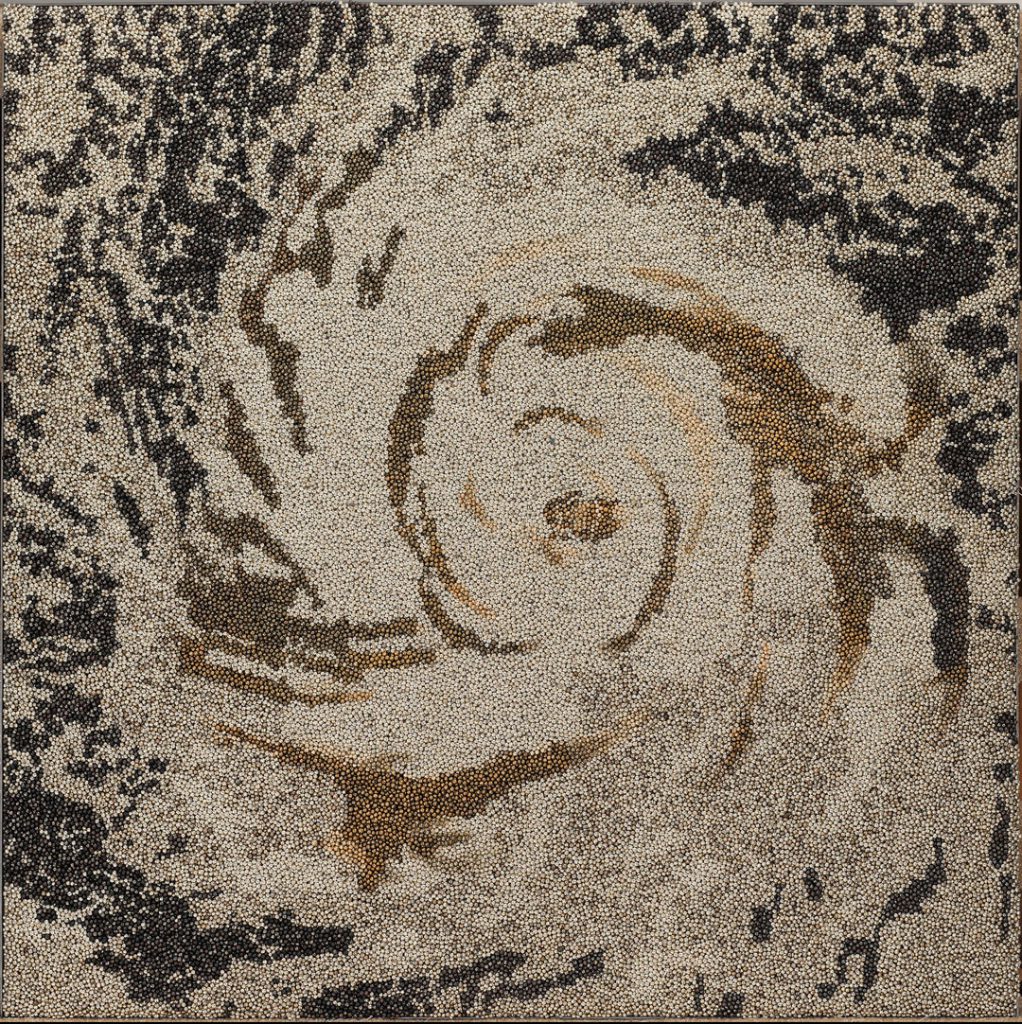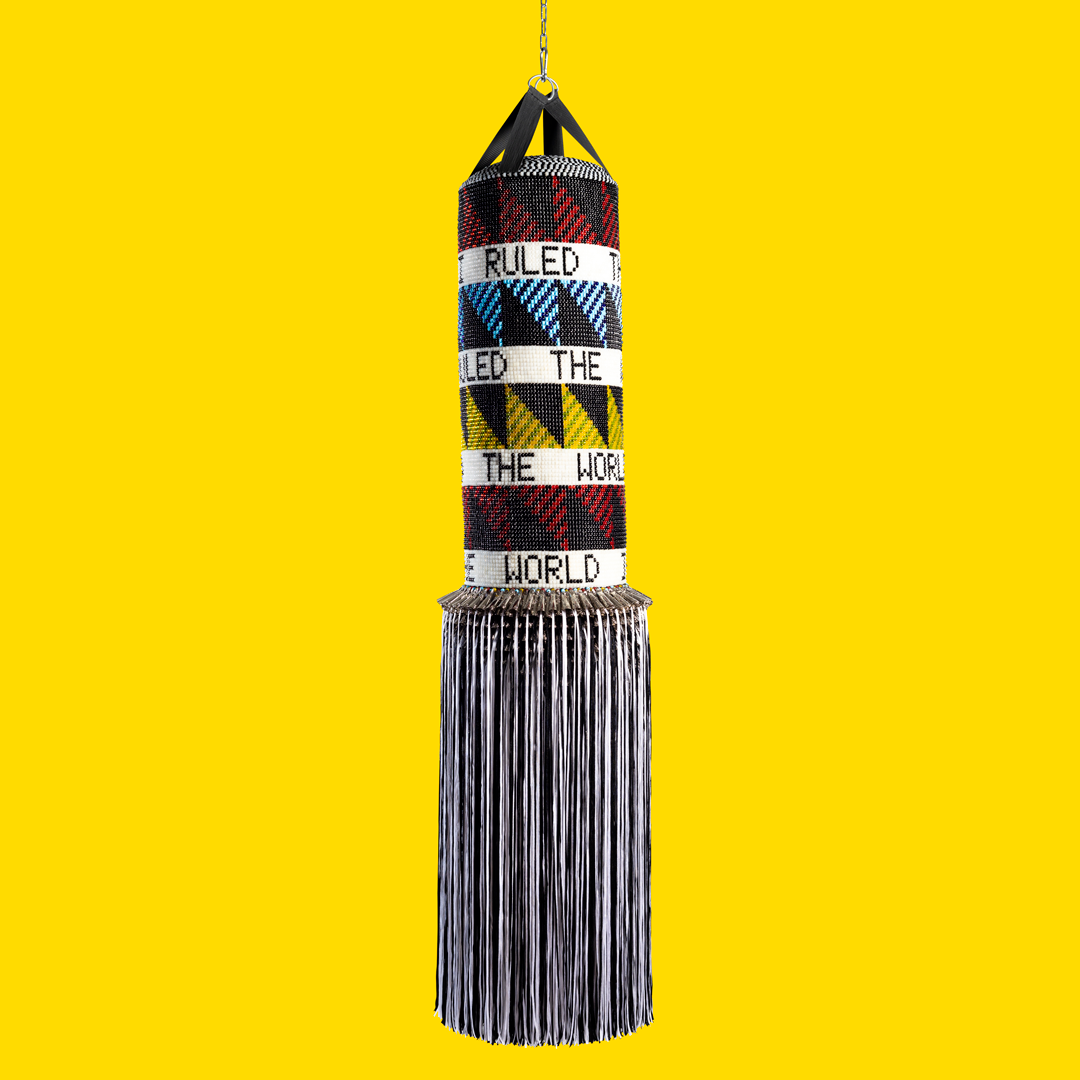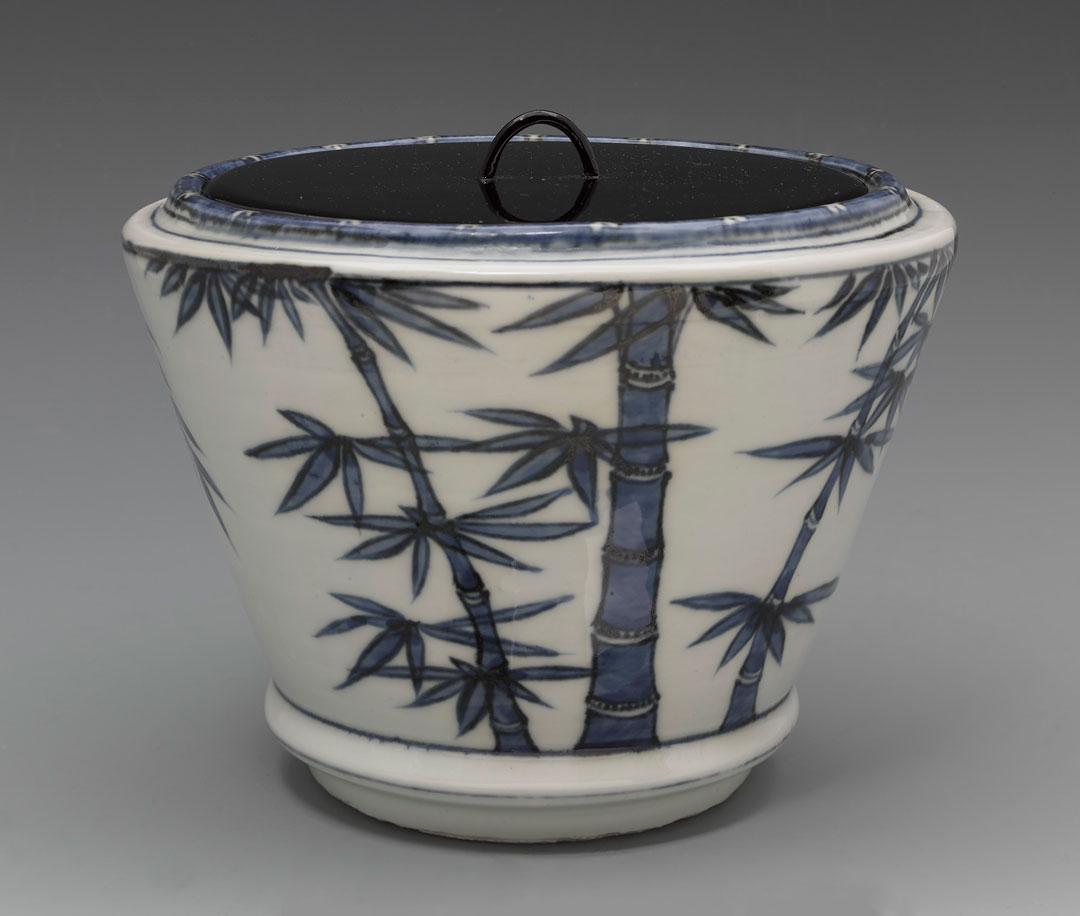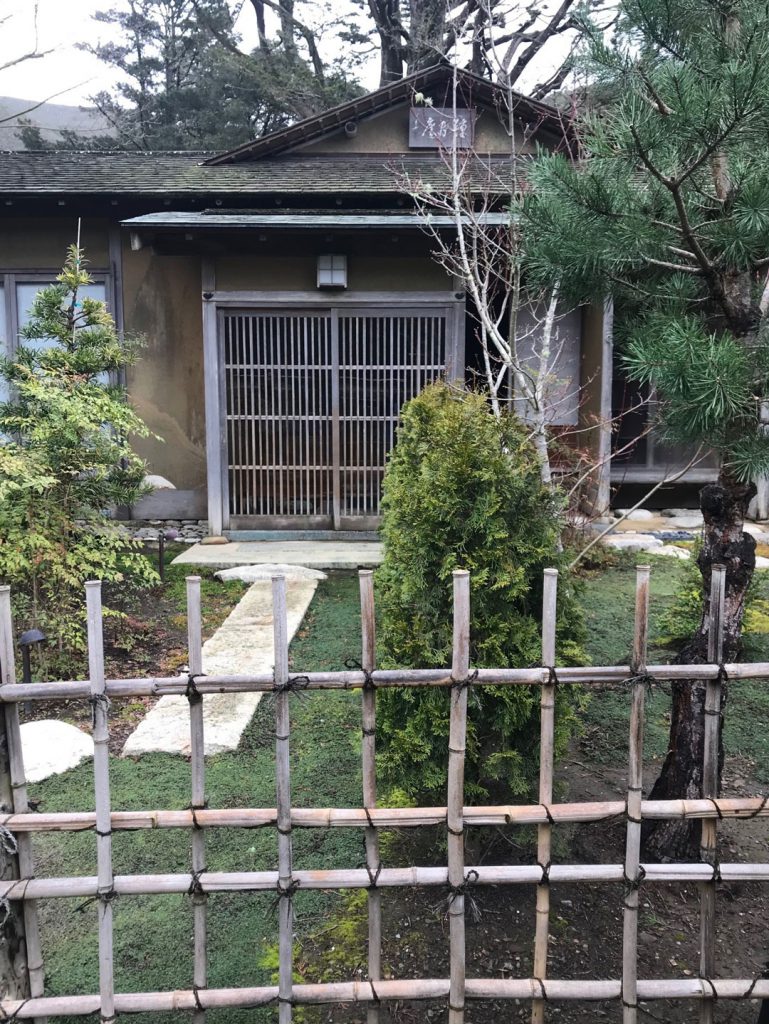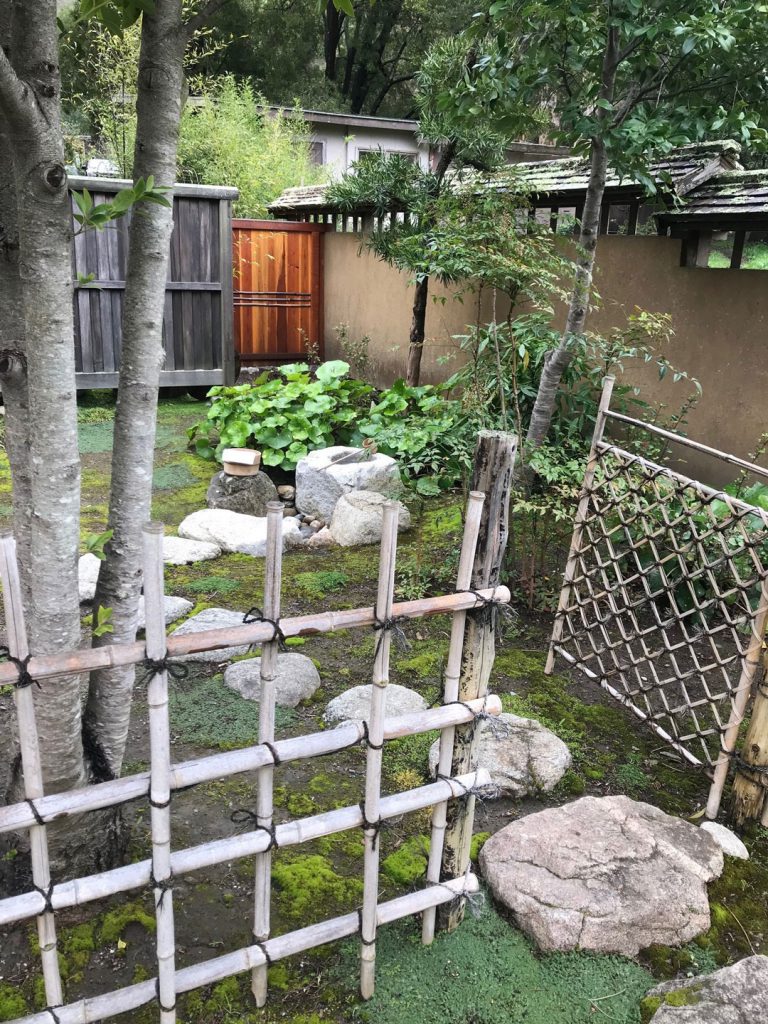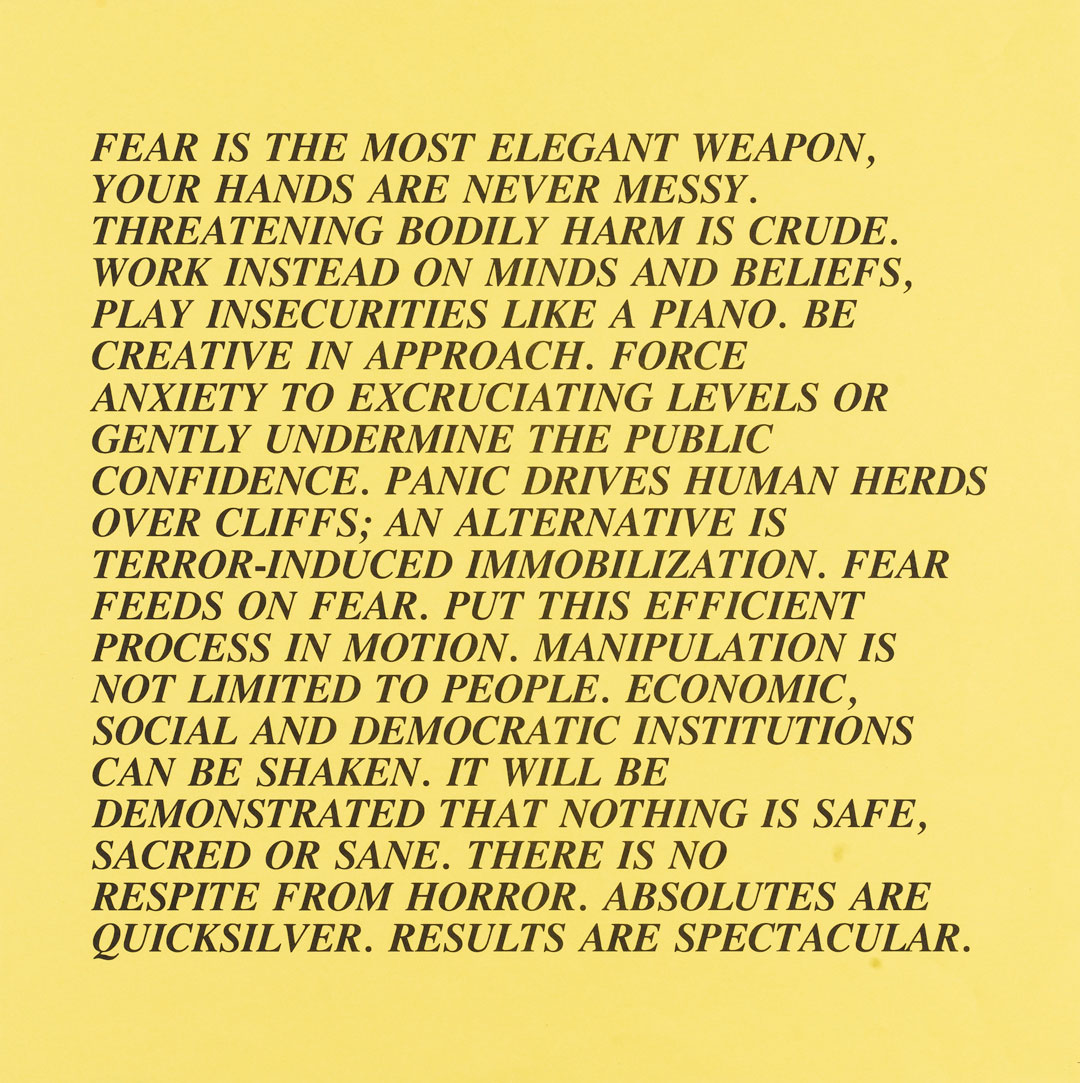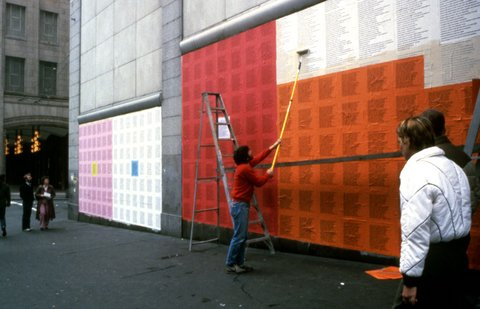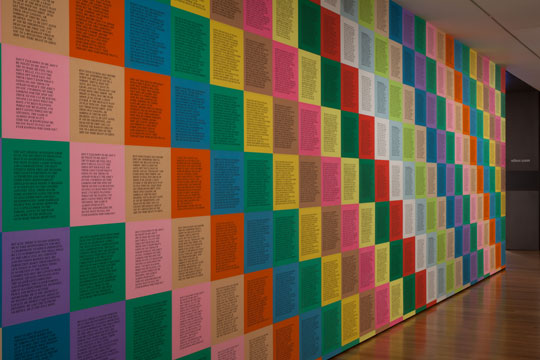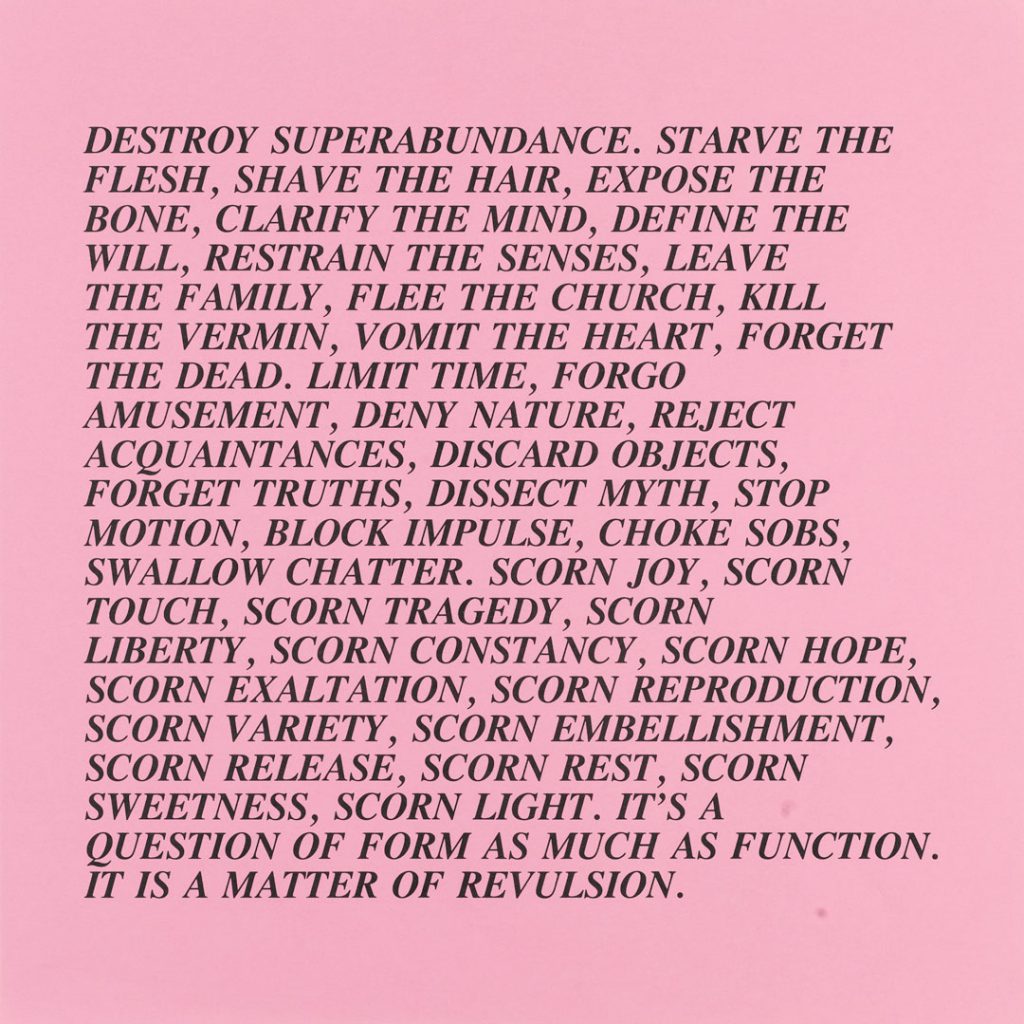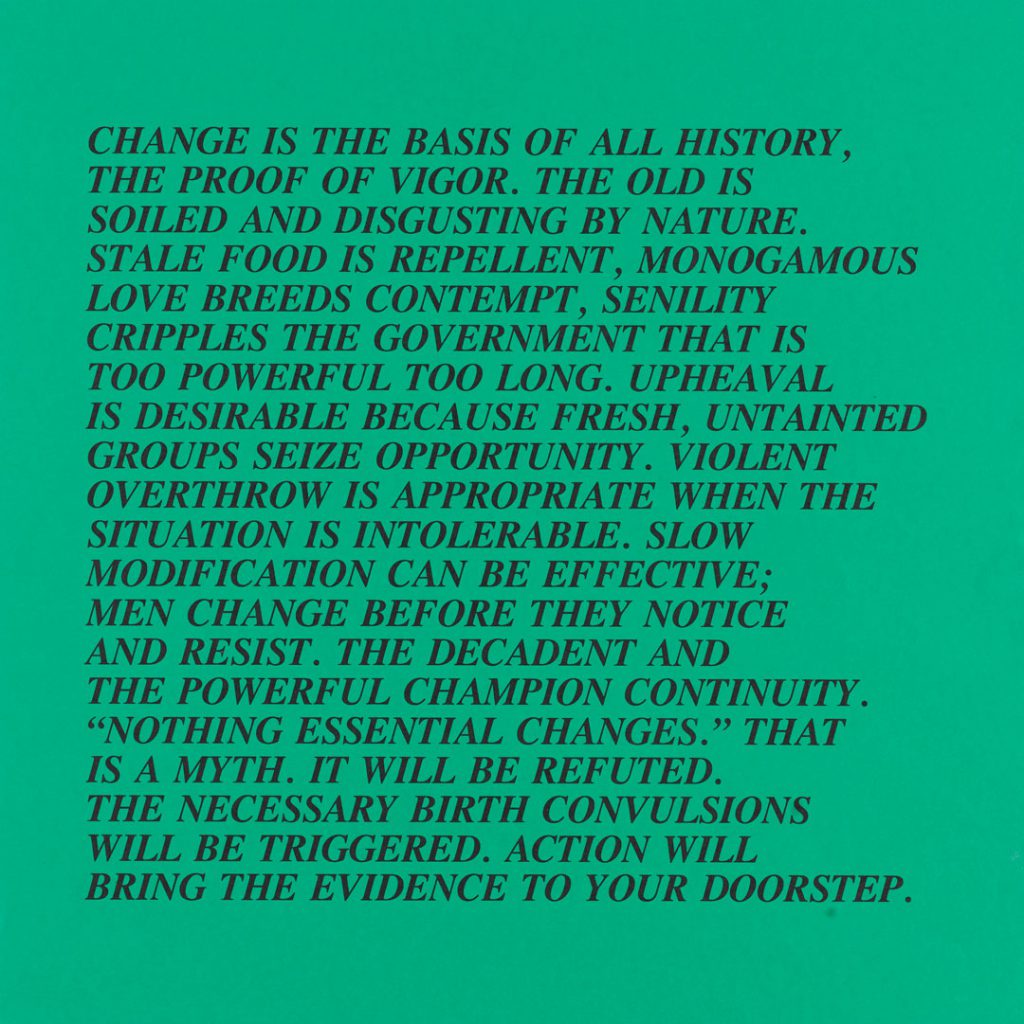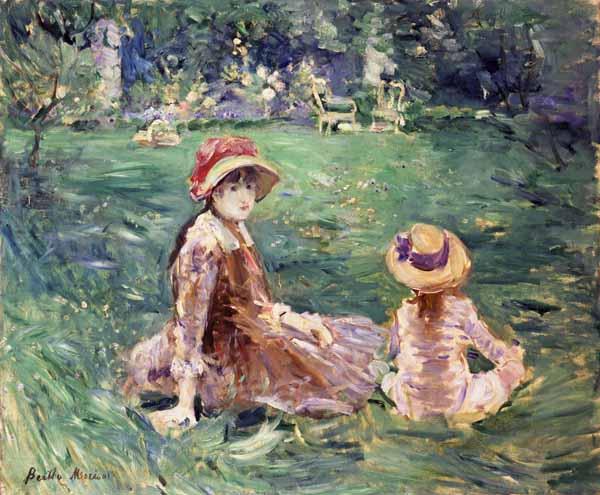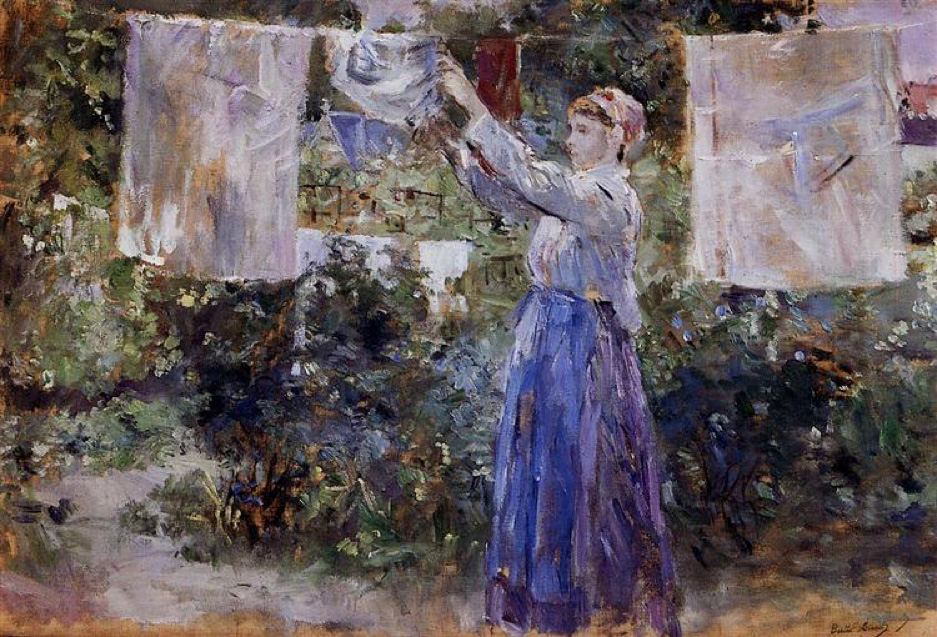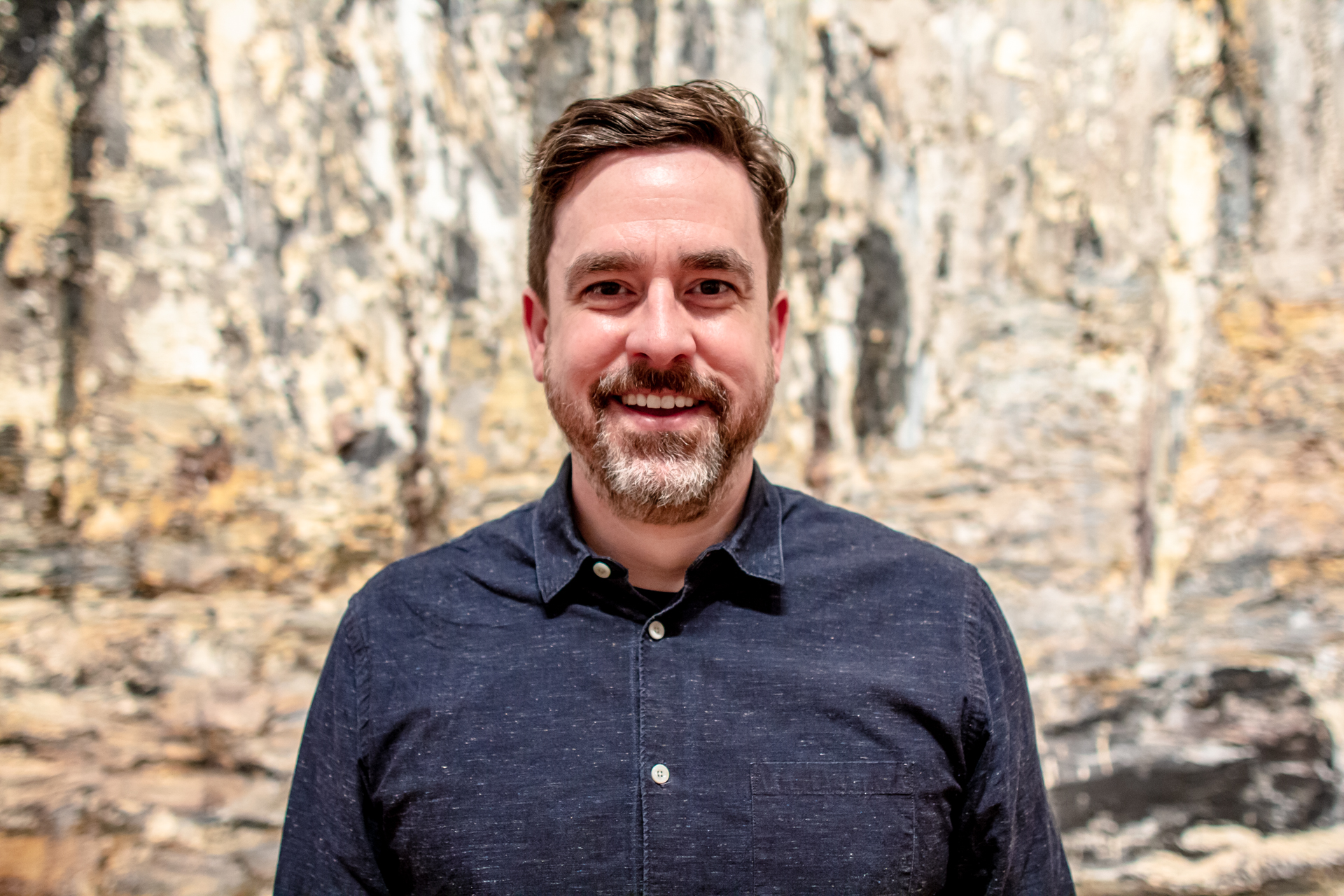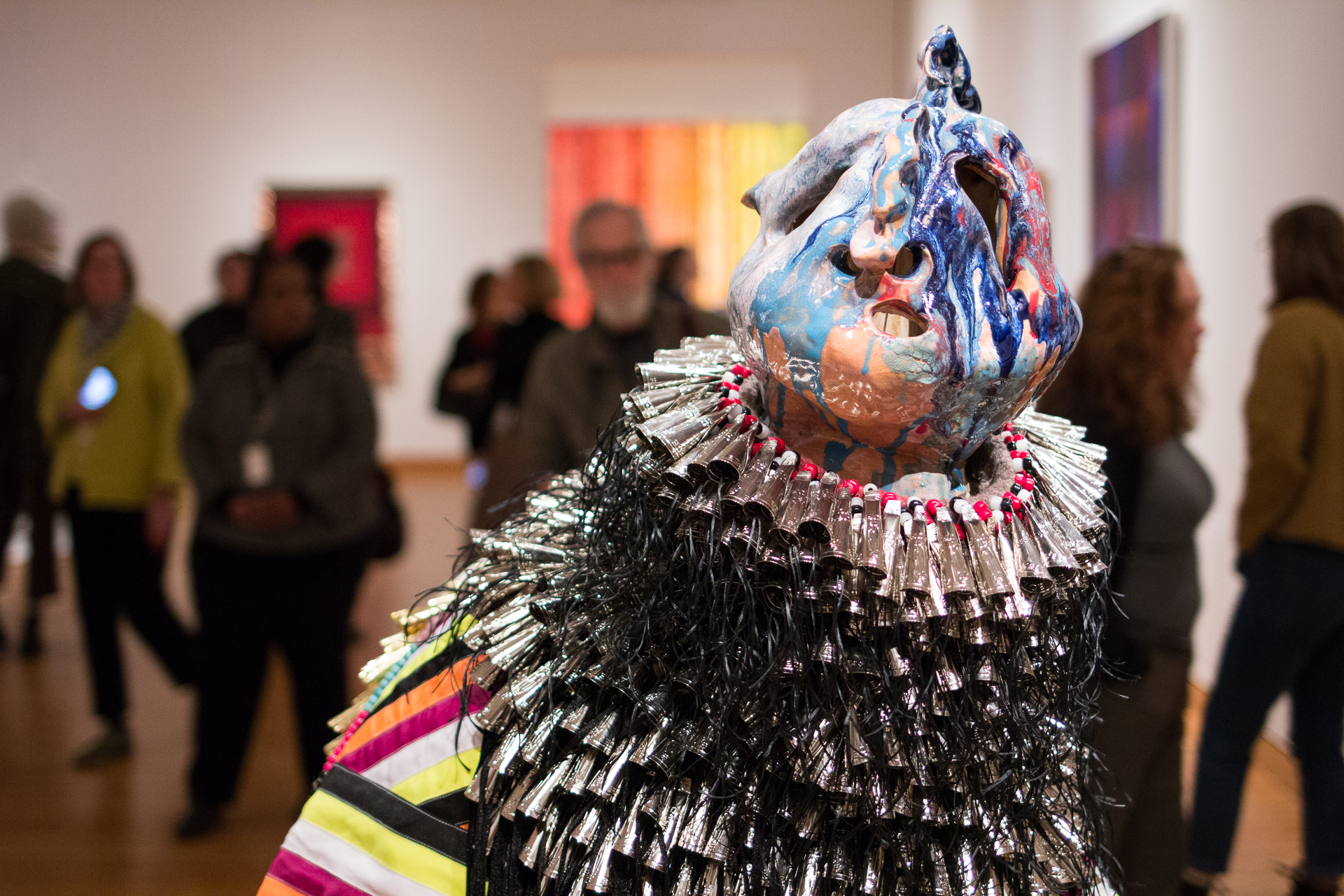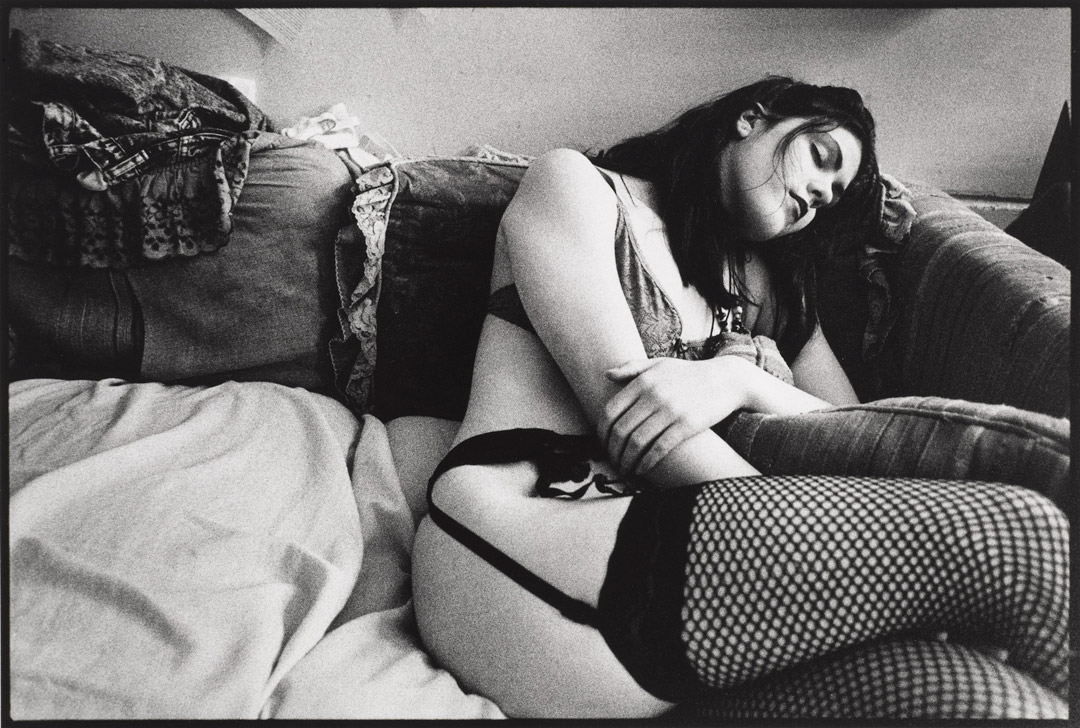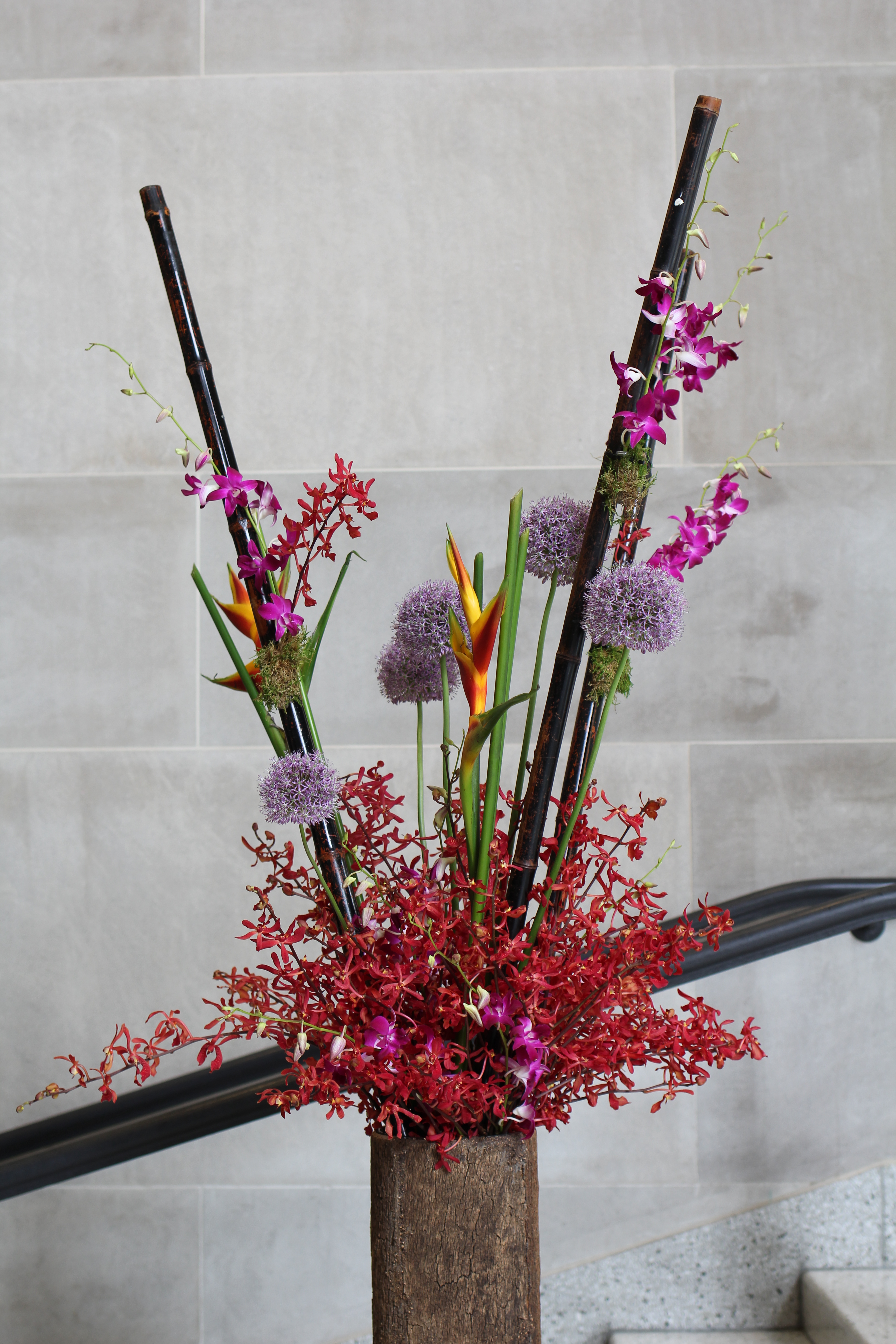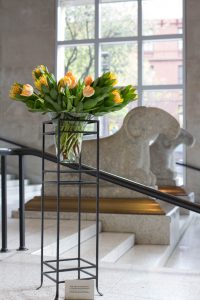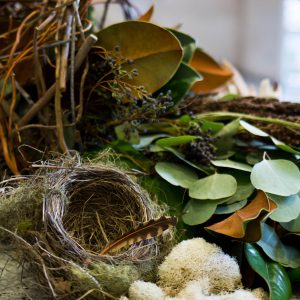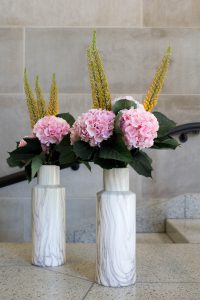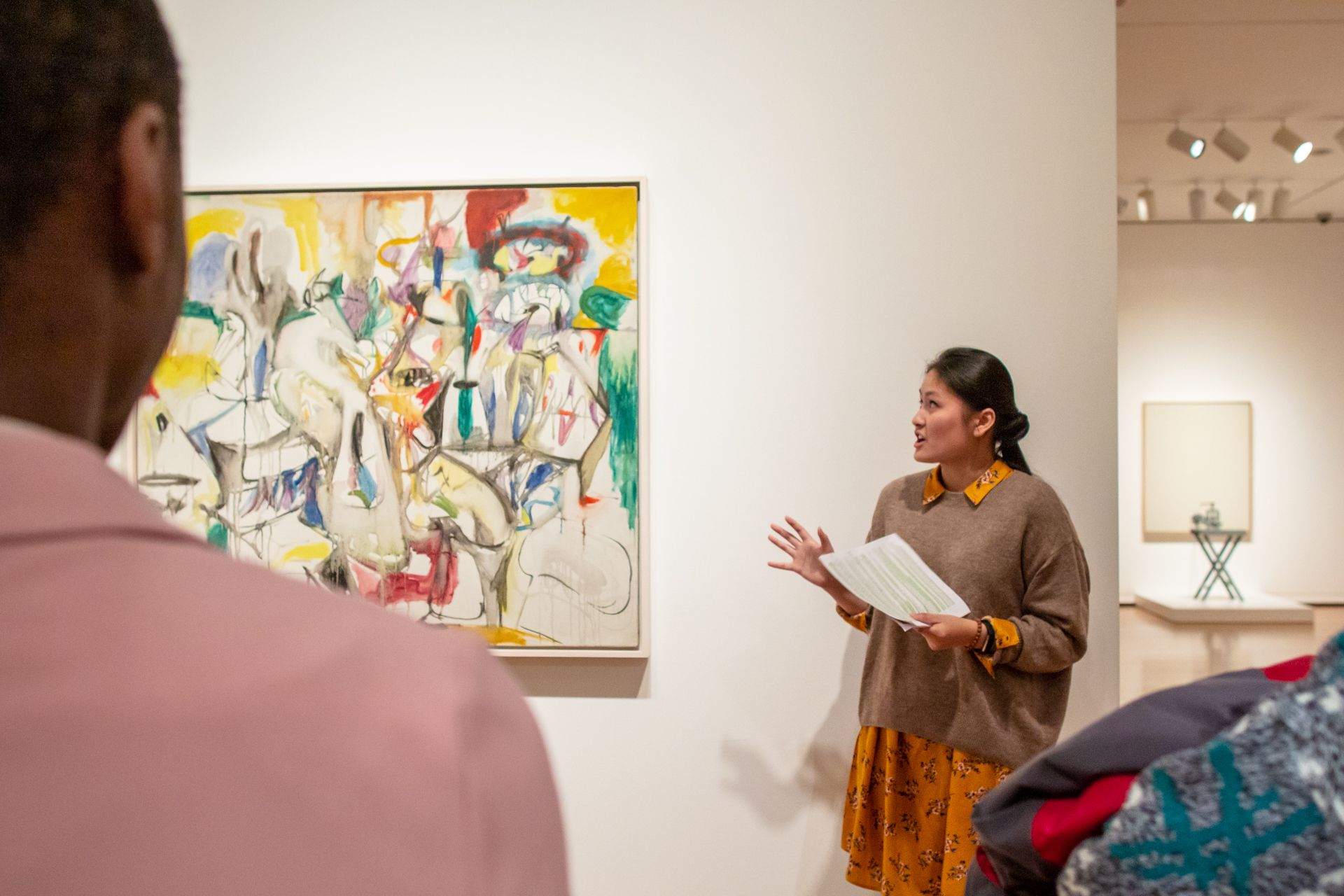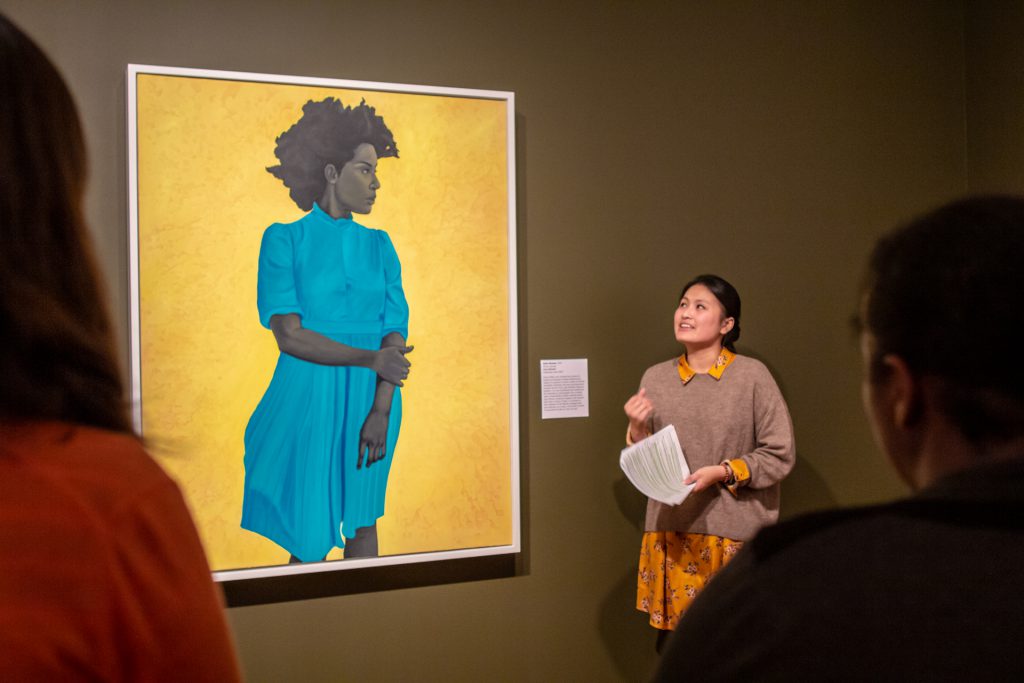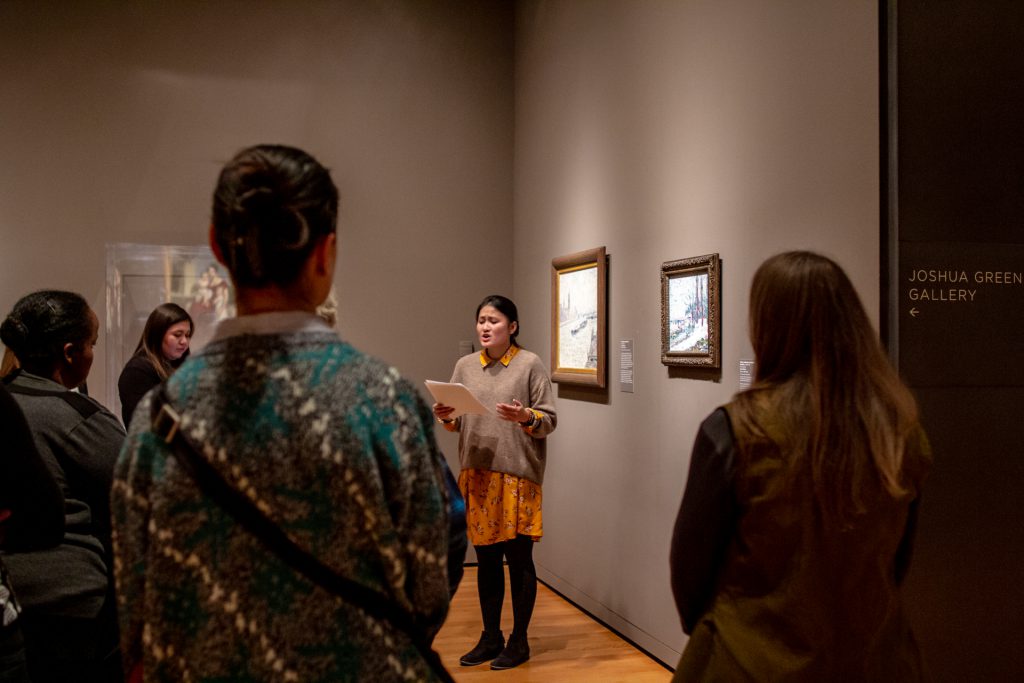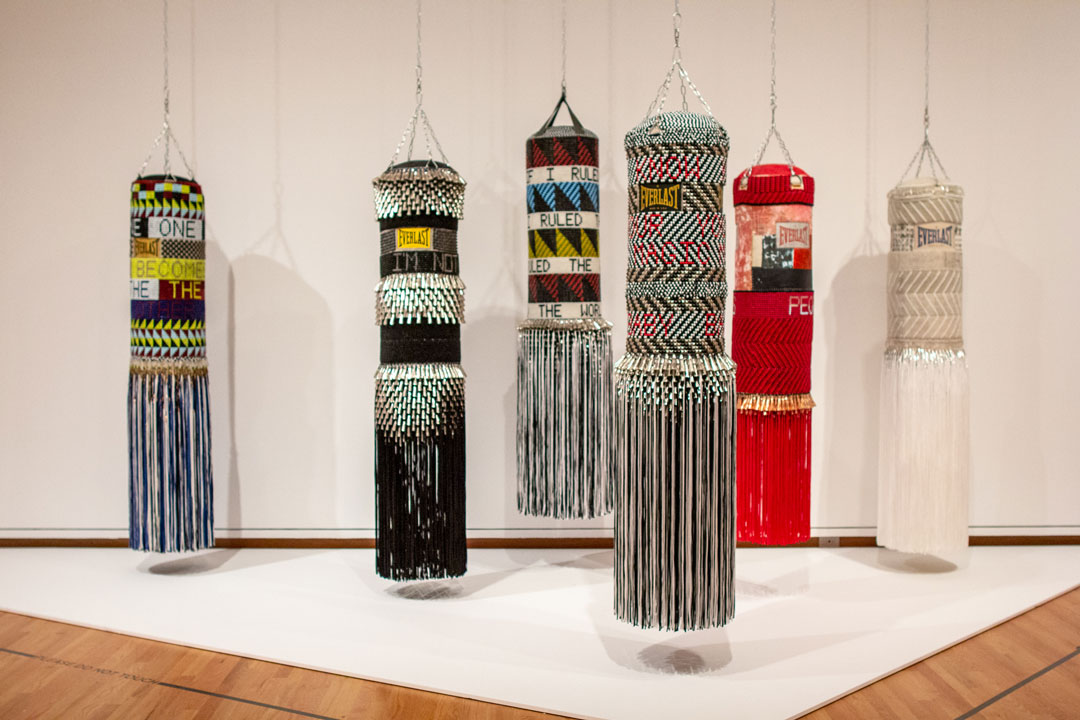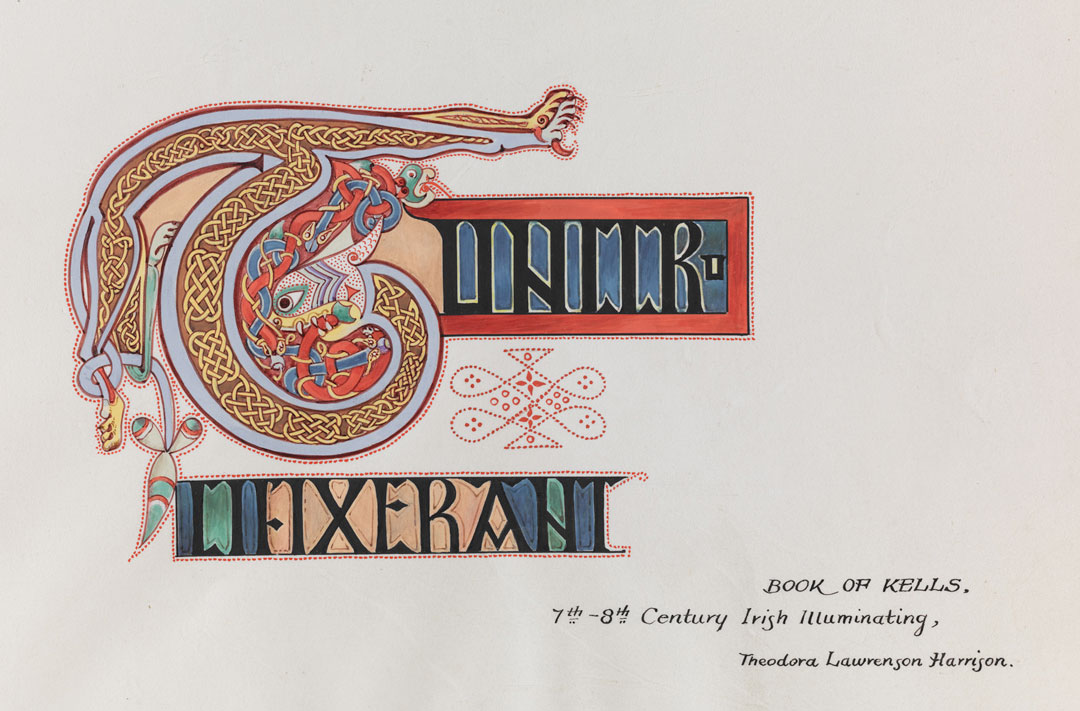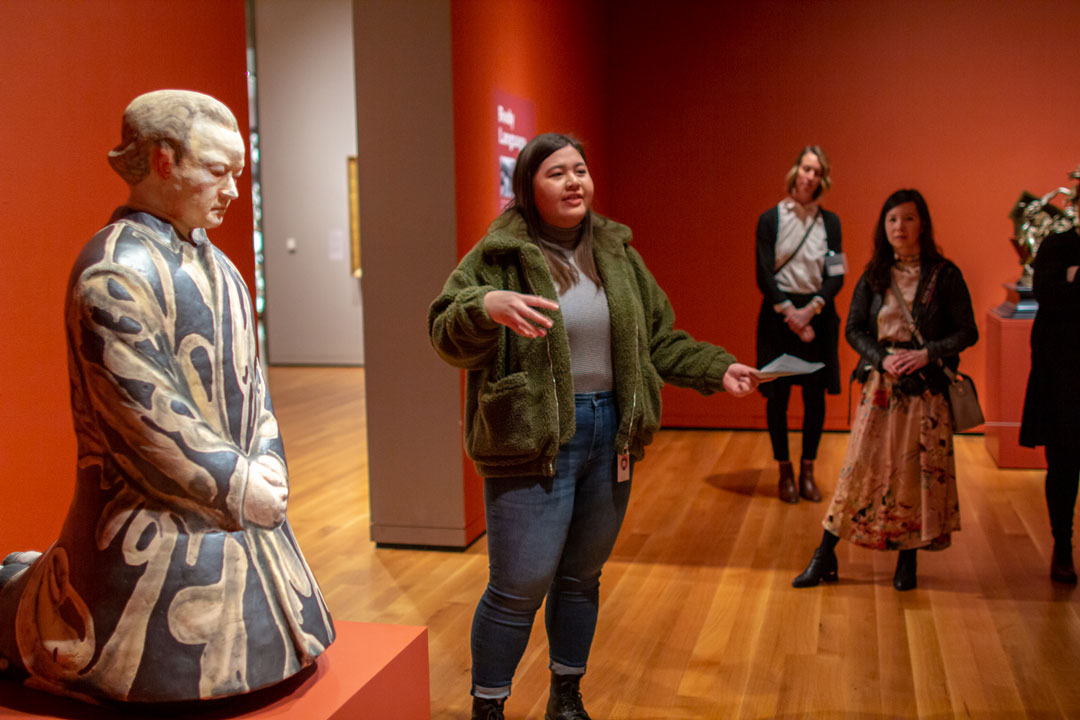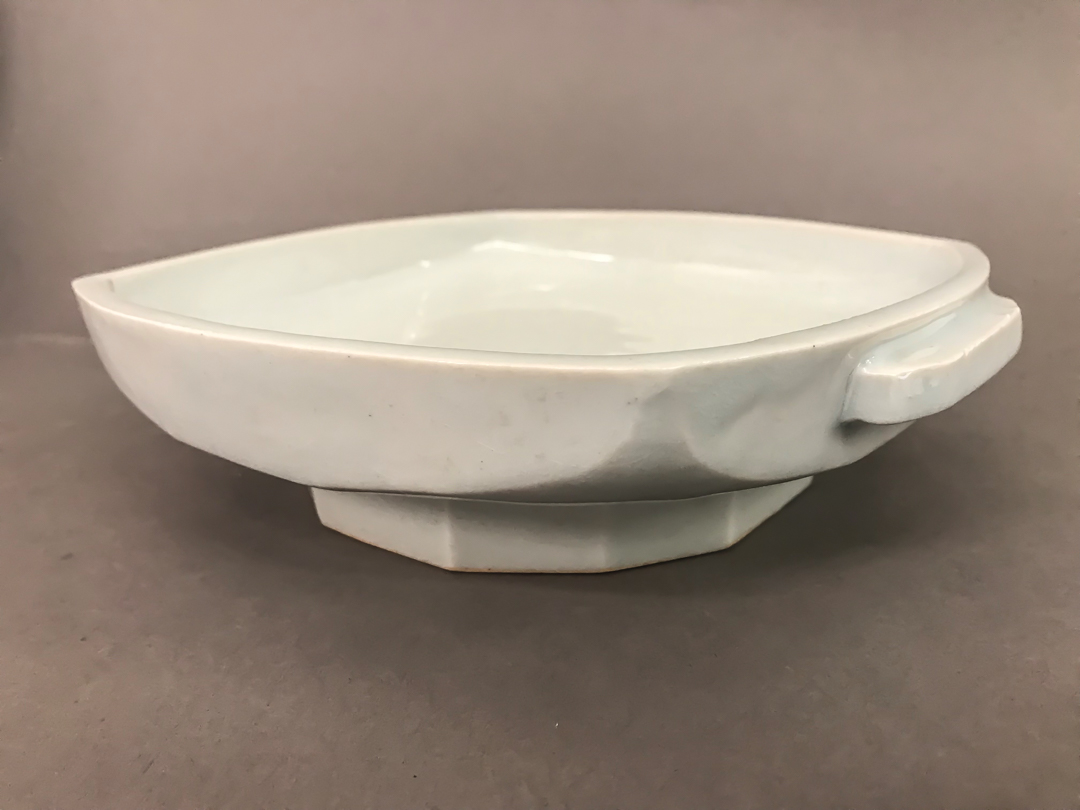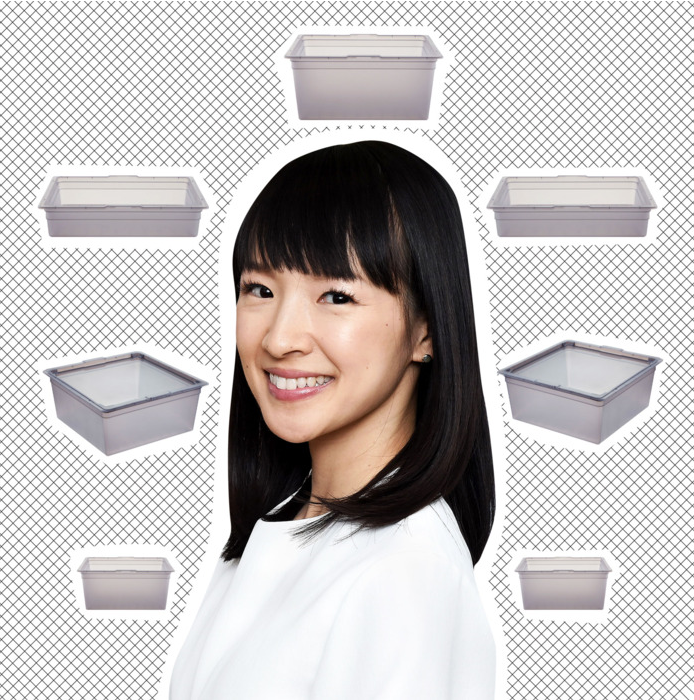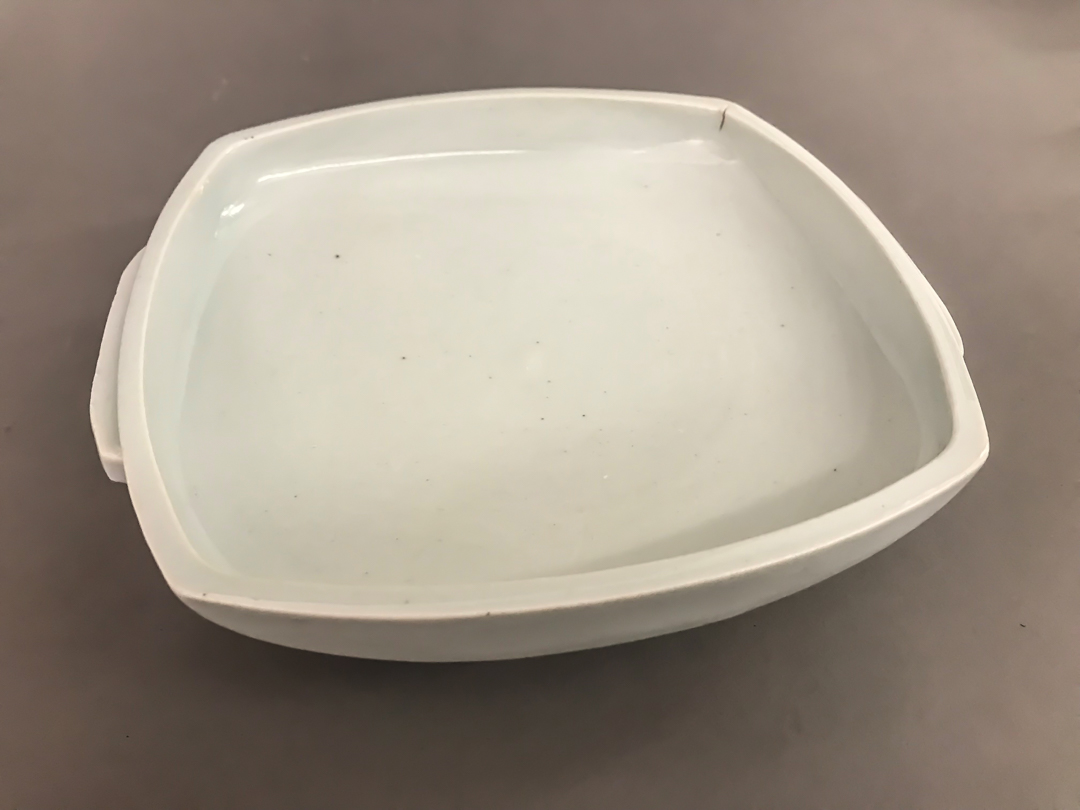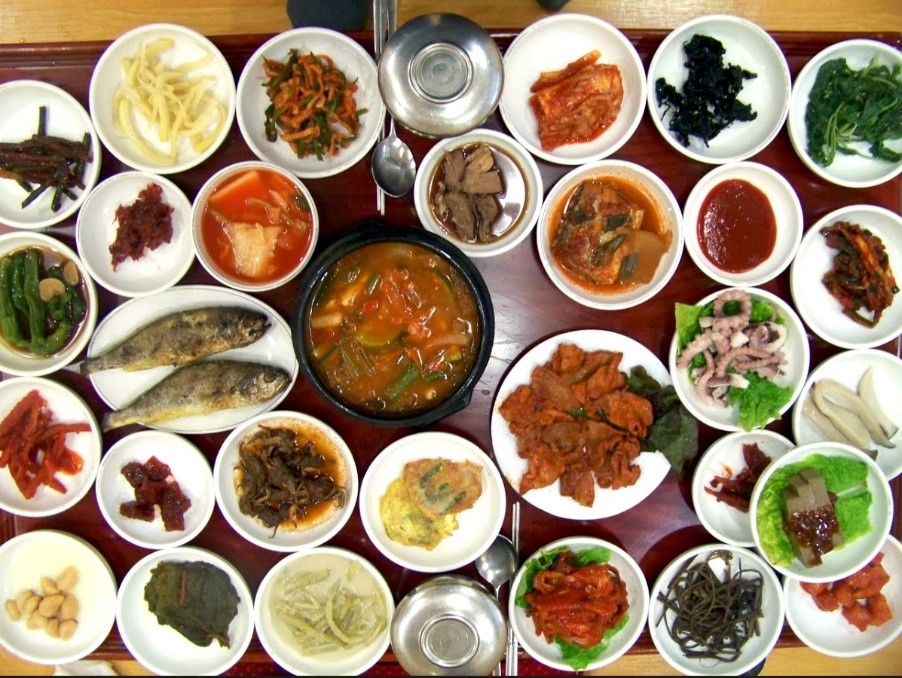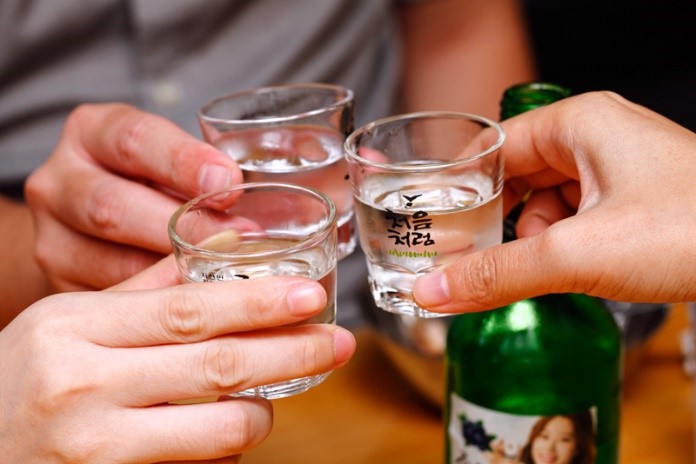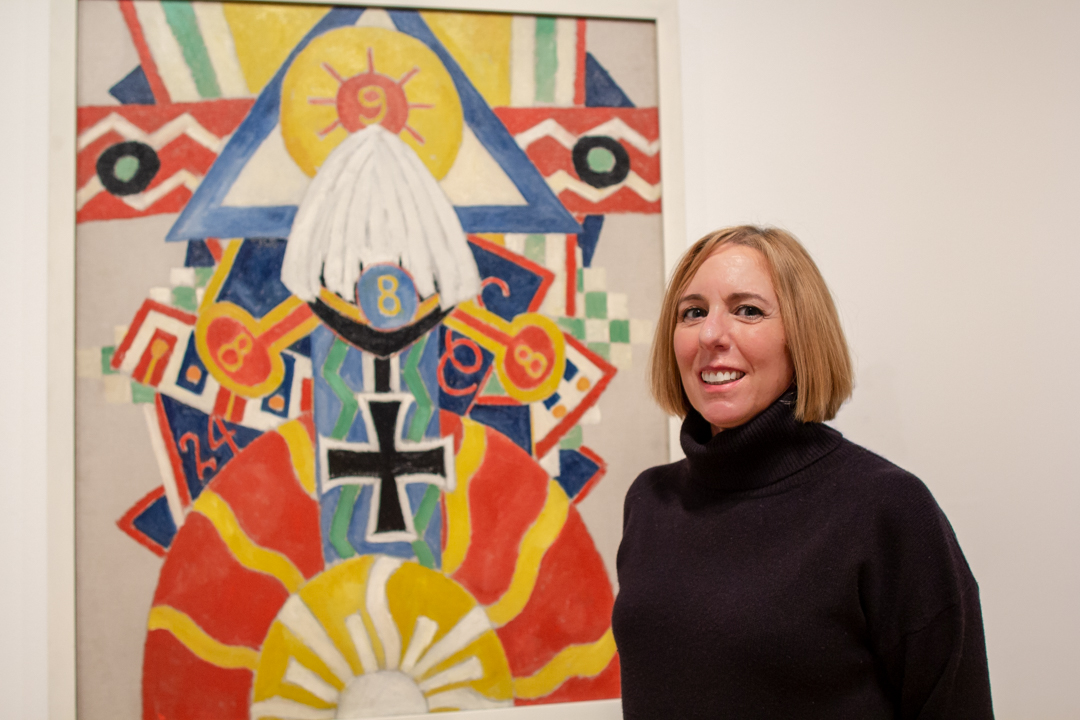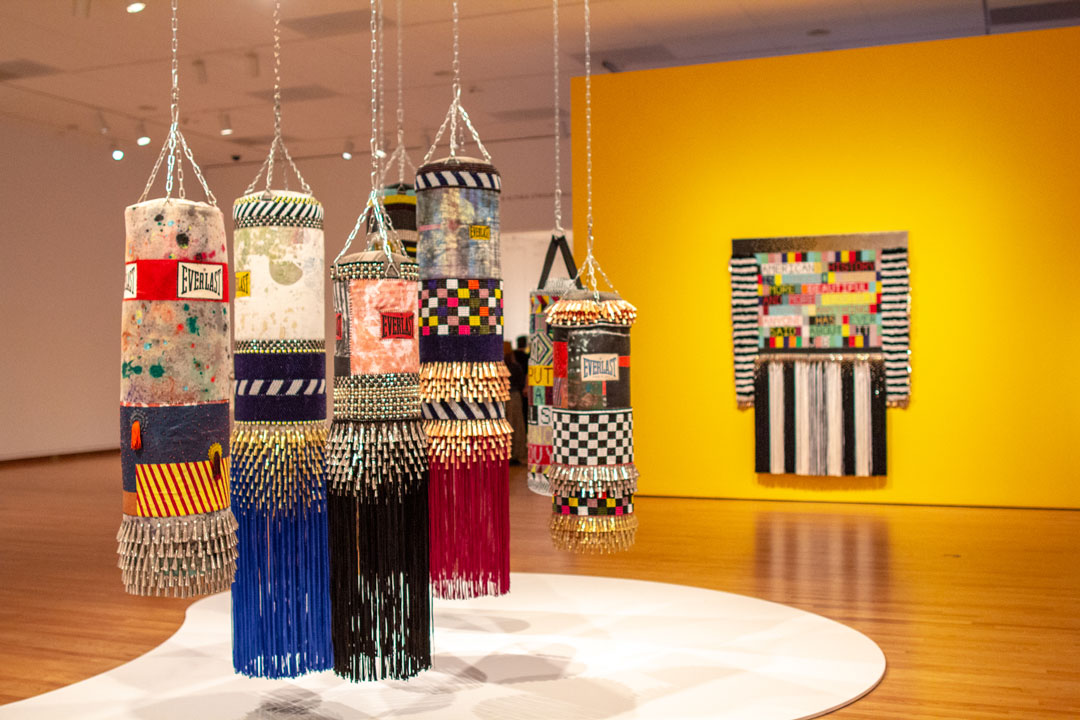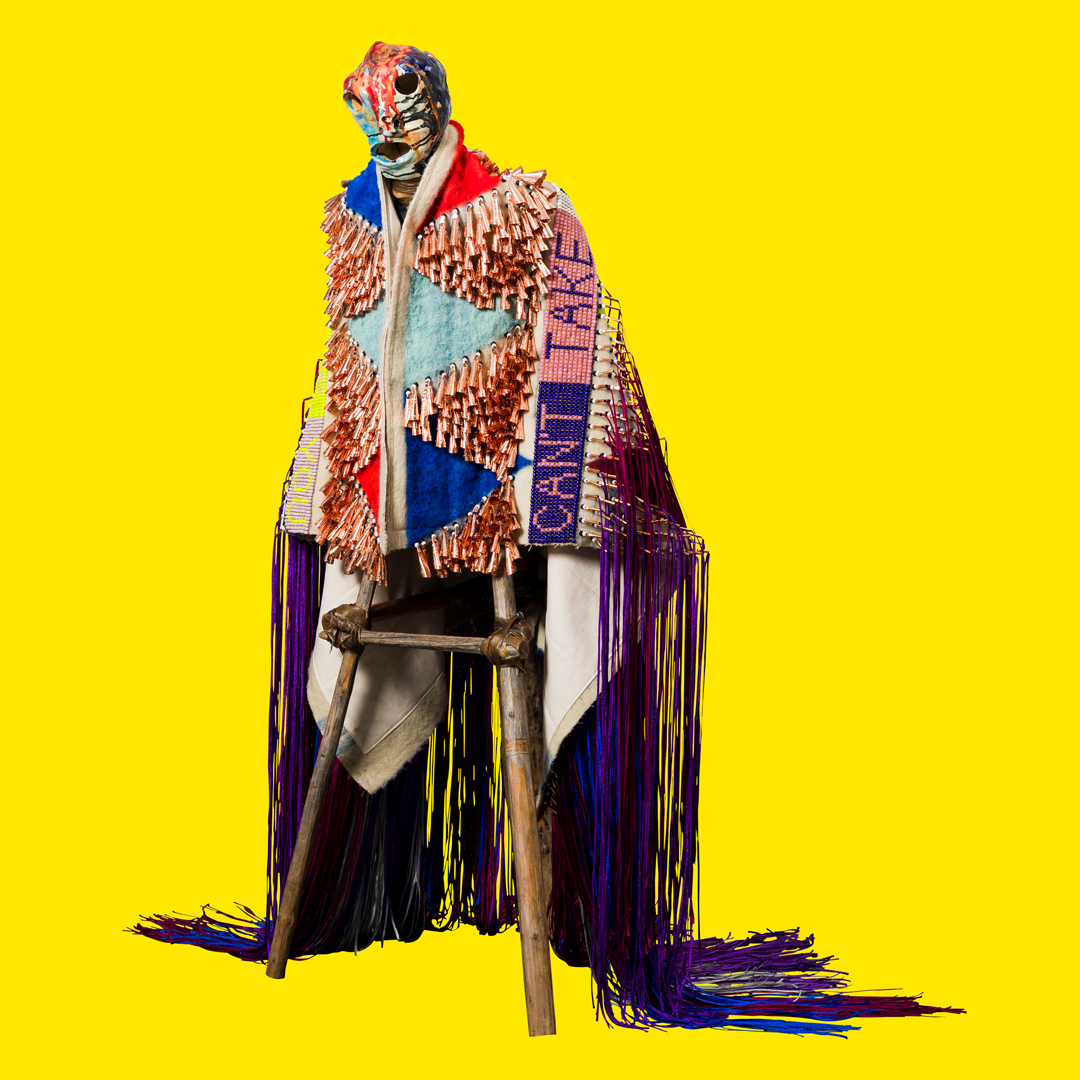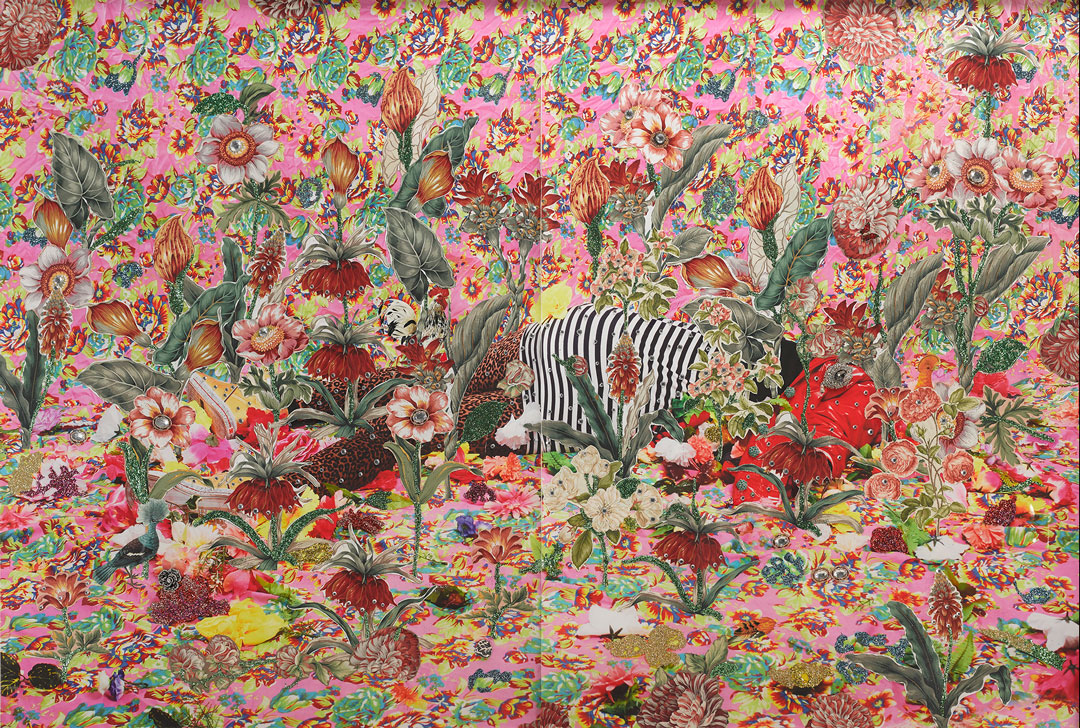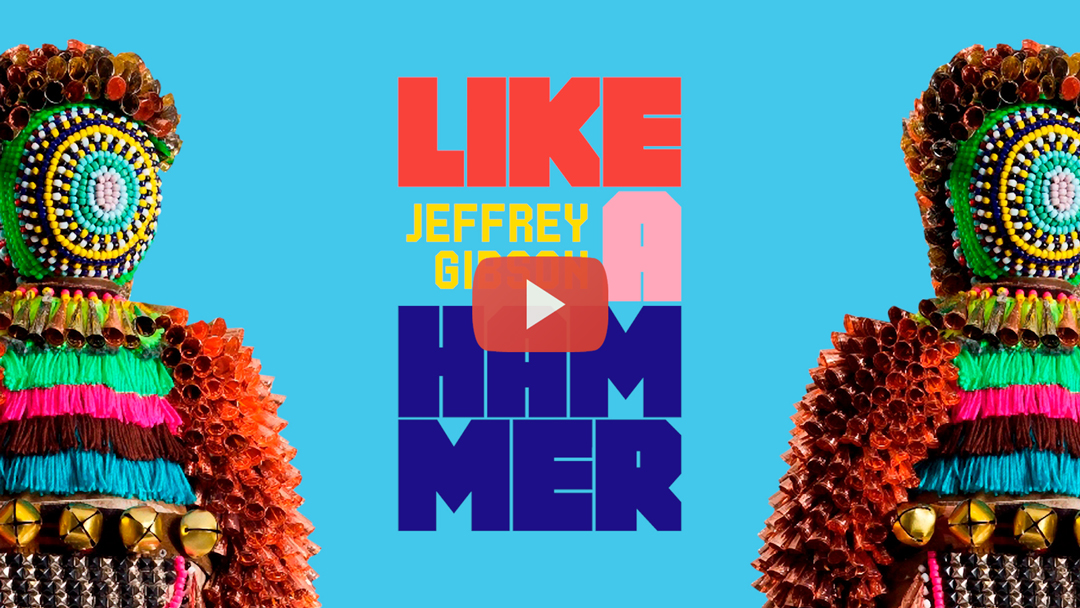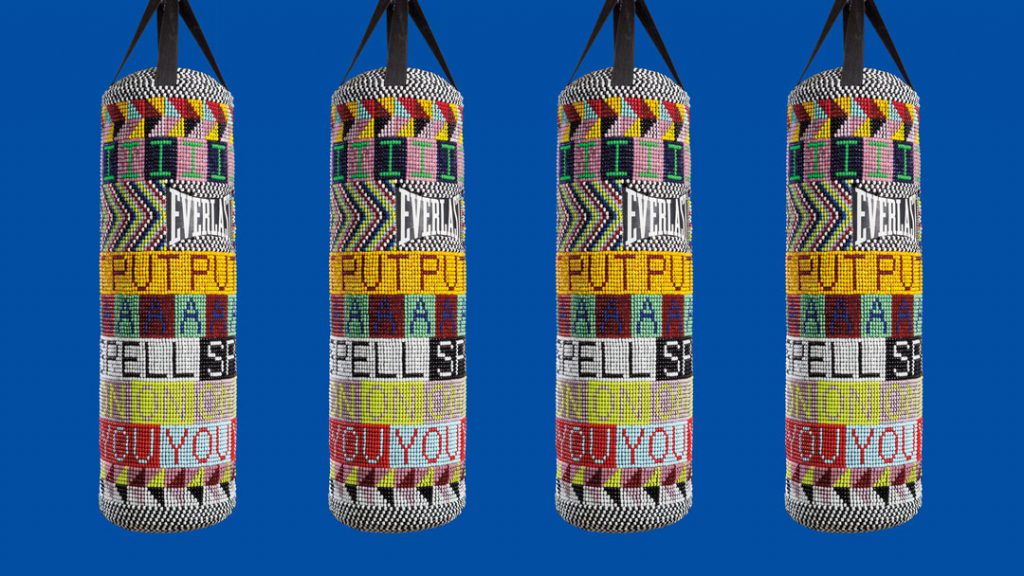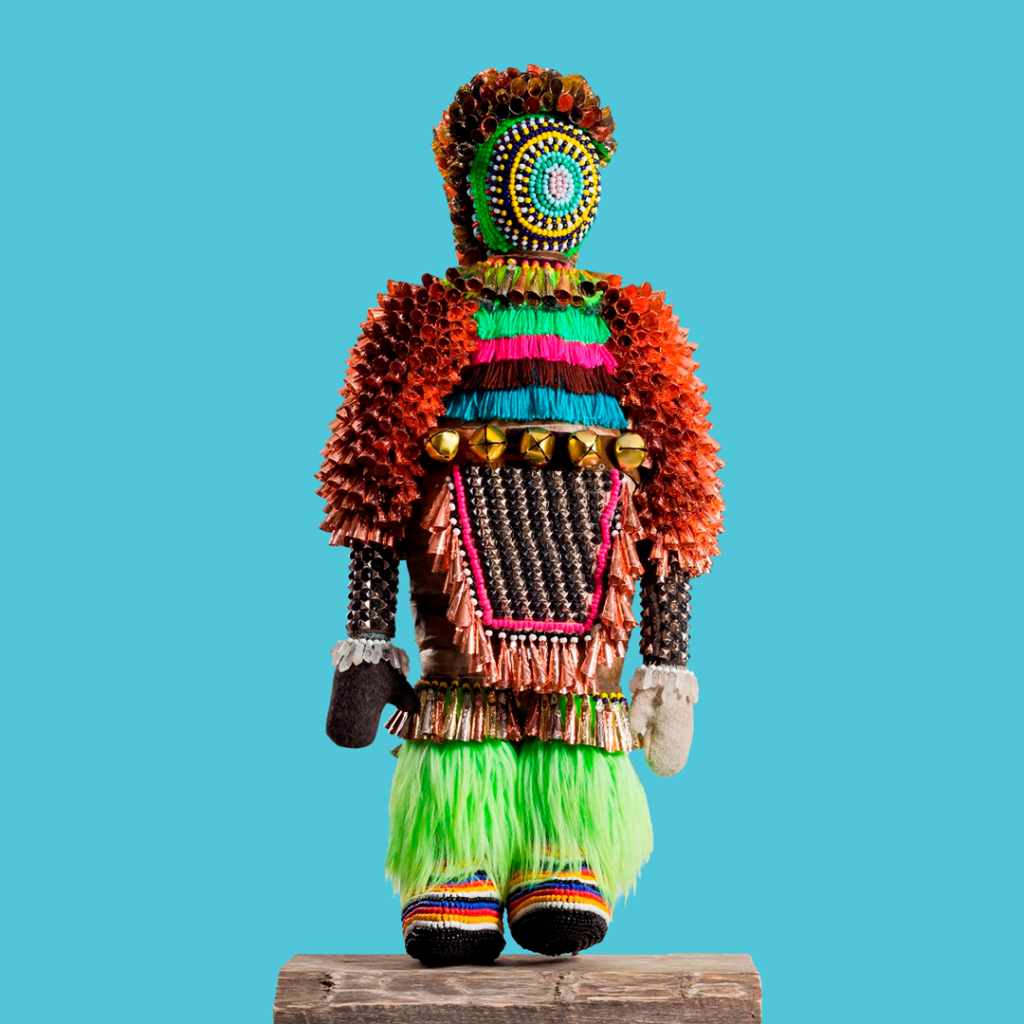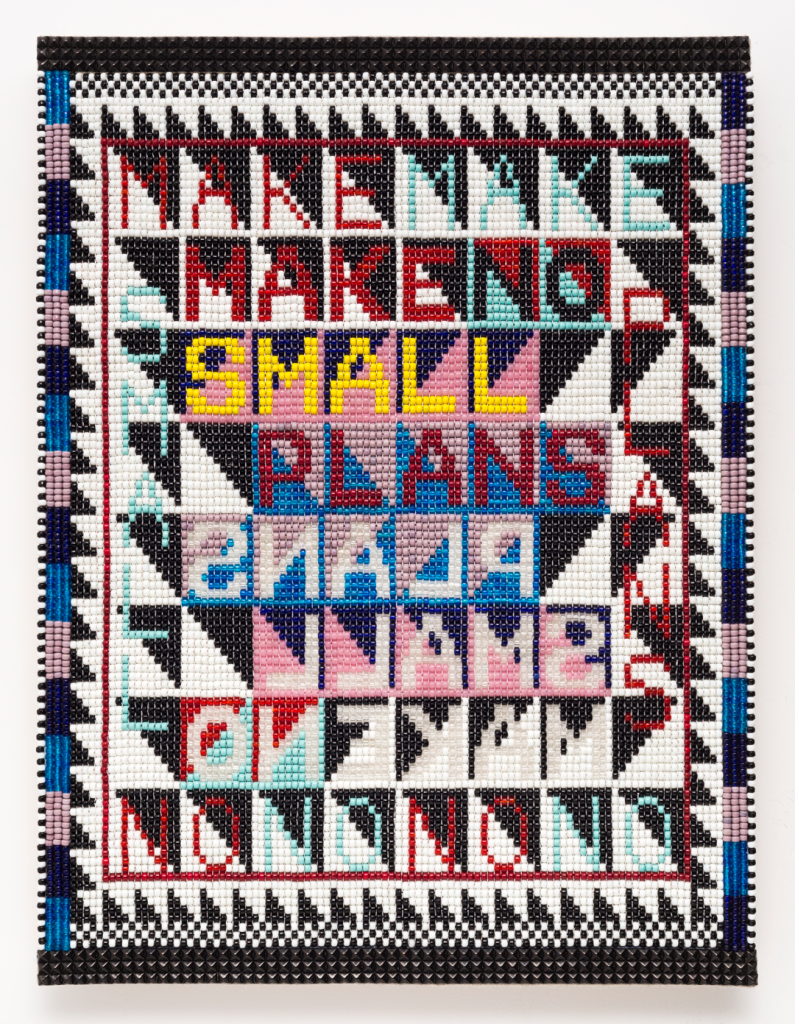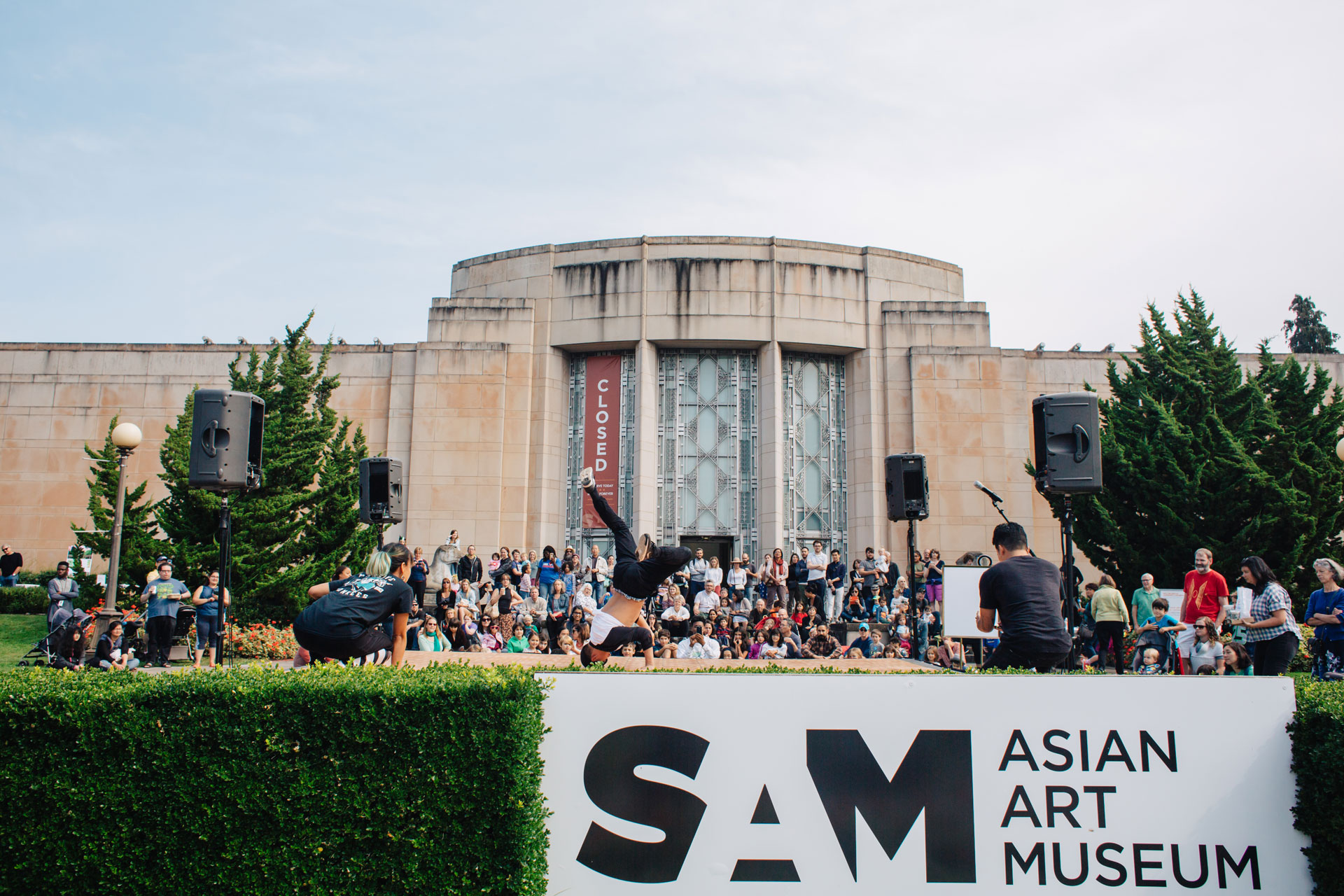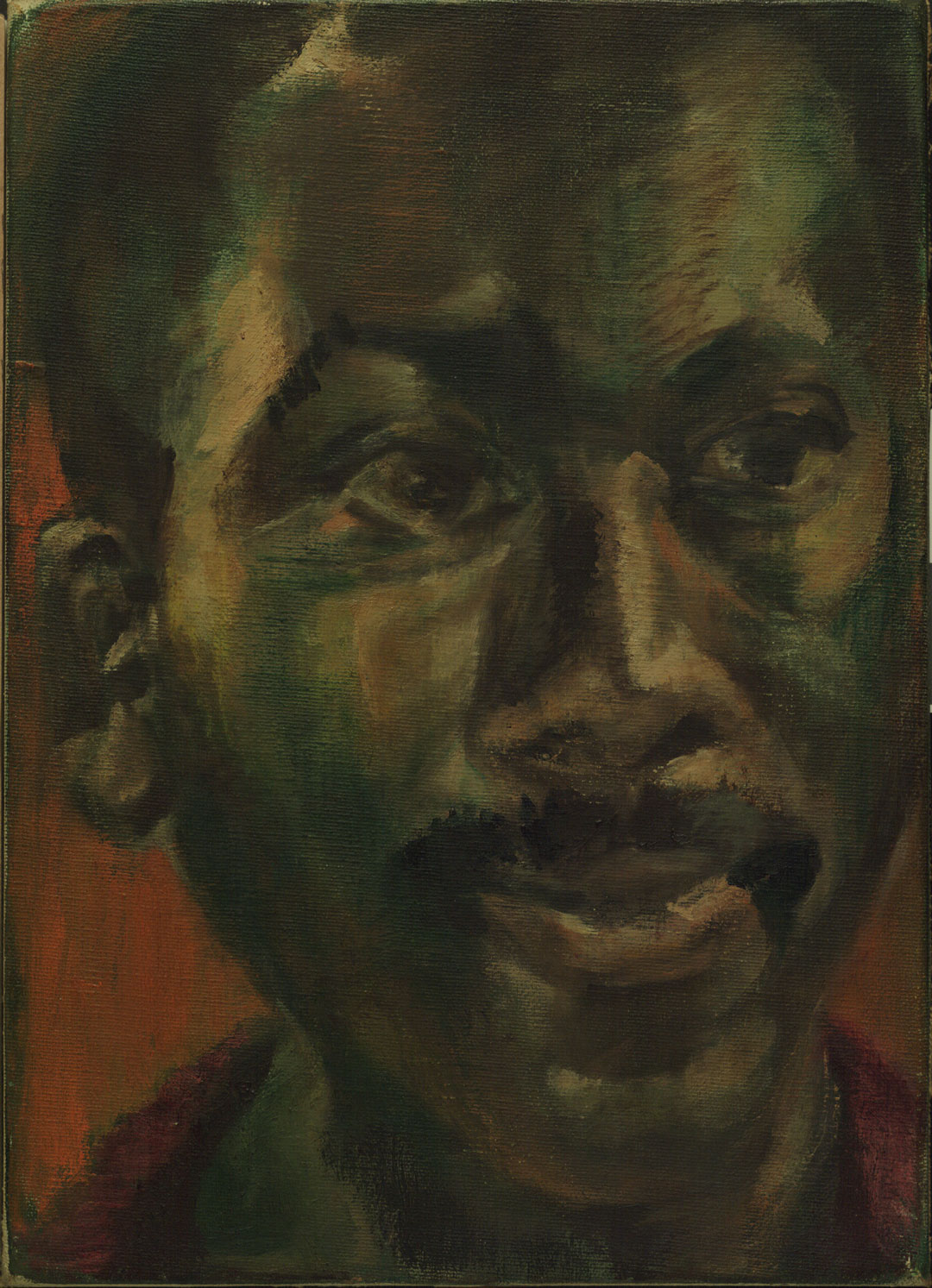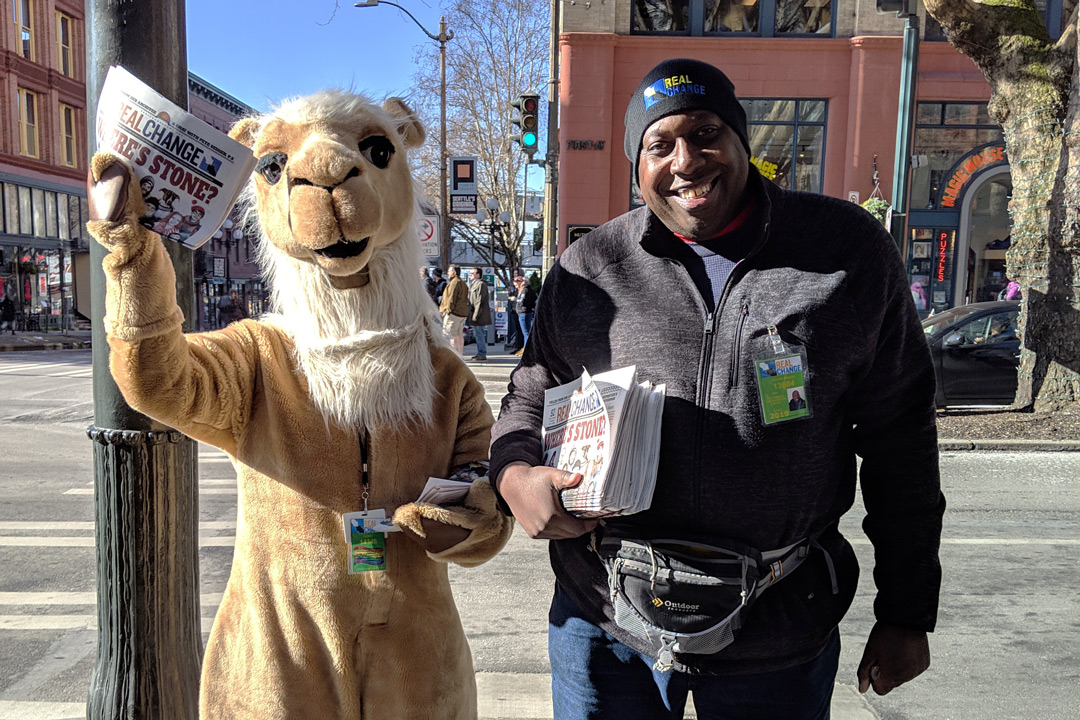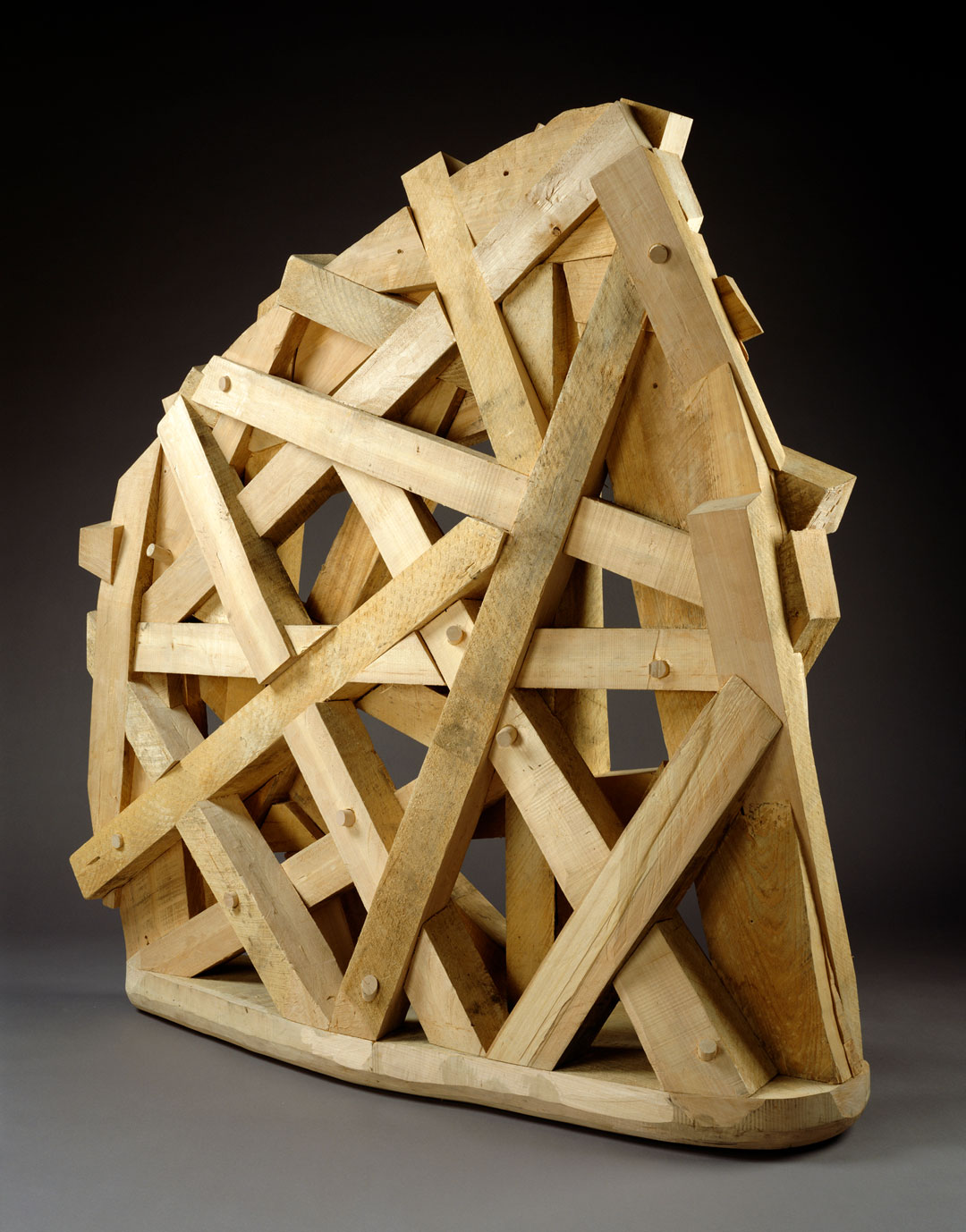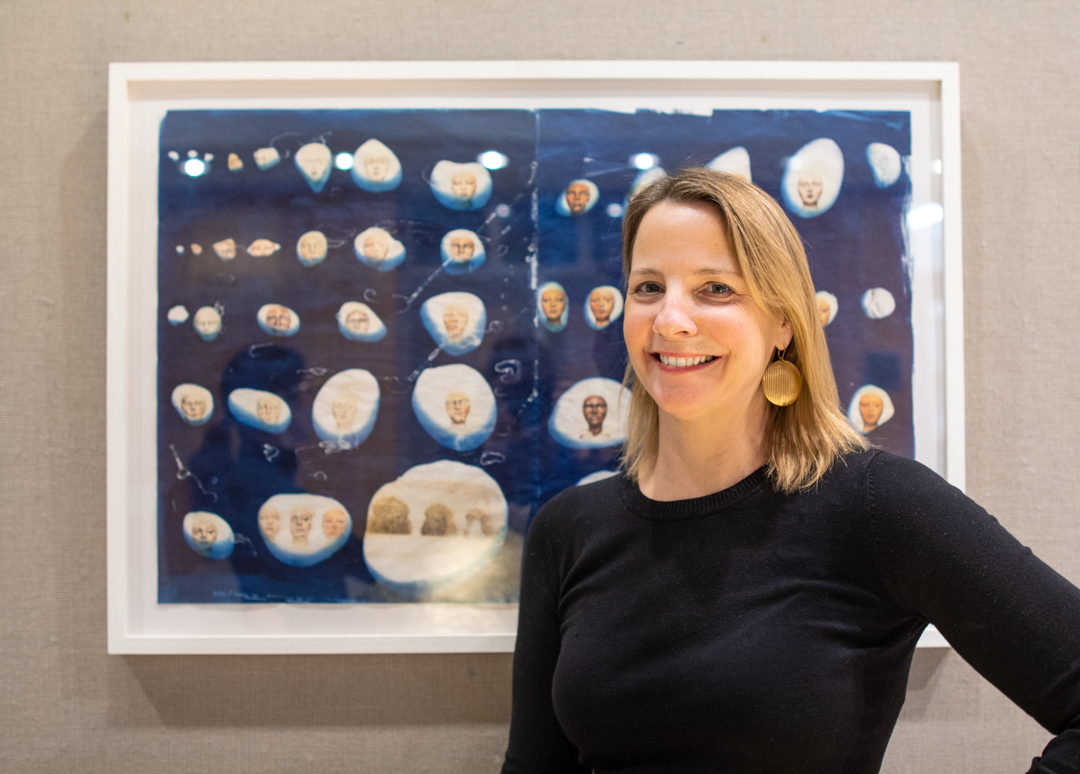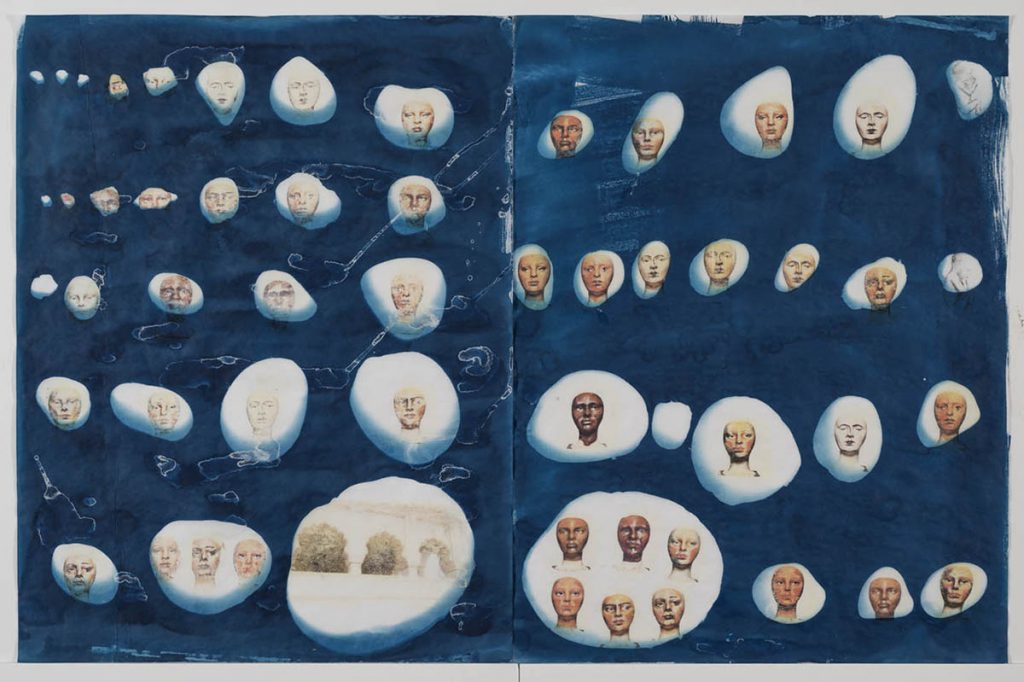Give a warm SAM welcome to Dr. Theresa Papanikolas who joined SAM’s staff last month as our new Ann M. Barwick Curator of American Art. Theresa is an expert in 20th-century American art who will oversee the development, research, presentation, and care of SAM’s collection of American art and connect it to the contemporary moment. “We’re thrilled that Theresa has joined us,” says Kimerly Rorschach, Illsley Ball Nordstrom Director and CEO. “She’s an inspired curator who will continue to build on the wonderful American art program started in 2004 by Patricia Junker.”
Theresa comes to SAM from the Honolulu Museum of Art, where she served as Deputy Director of Art and Programs and Curator of European and American Art. She previously held positions at the Los Angeles County Museum of Art; National Gallery of Art; Rice University; and the Museum of Fine Arts, Houston. We asked her a few questions so you can learn a little more about what she has planned for SAM’s American art collection in the near future!
SAM: What are your first impressions of Seattle?
Theresa: Well, I got here in December, late at night, although it might have been at about 5 pm. The thing that struck me the most is how early it got dark in the middle of December. I thought I would really struggle with that, but it was no problem. I find Seattle to be such a warm and welcoming city and I’m just so happy to be here.
What has your experience of the art community been so far?
I’ve just started to explore it. I’ve found the immediate community around the museum to be highly professional and very engaged in what’s going on in the world, the art world, and Seattle. Everyone, from the curators to the support staff, is here because they love the museum and they support art. That, to me, has been very energizing. The larger art scene—I’m just starting to get a handle on it.
What do you have planned coming up at SAM?
Right now, I am working on an exhibition that will focus on and celebrate the recent acquisition of Georgia O’Keeffe’s Music – Pink and Blue No. 1, a gift from Barney Ebsworth. One of my long-range plans is to reinstall the gallery of American art to tell the story of American art in a way that seems relevant to a contemporary audience and reflects a diverse and multifaceted America.
Tell us about the Georgia O’Keeffe installation!
It’s scheduled for spring 2020. It will be a small show, about 20 works that will look at a moment in O’Keeffe’s early career where she was practicing abstraction rather than flower and desert scenes. I think visitors will find it interesting that she practiced abstraction. This installation will include pretty significant loans.
You’ve focused on O’Keeffe in the past, can you talk a little more about that?
I have done two O’Keeffe exhibitions that reflect time she spent in Hawaii. The Honolulu Museum of Art, where I previously worked, has five O’Keeffe paintings that were all painted in Hawaii. She went there on commission from an advertising firm to do pictures for Dole pineapple juice ads. I was told that she hated Hawaii and was there for only a short period and couldn’t wait to go back to New York. But looking at the pictures, I could not believe that she did not like Hawaii. In the short time she was there she made a connection with the landscape and the things she saw and discovered there. So, I decided to do an exhibition of her work in Hawaii. I was also looking for major artists to show in Honolulu to drive audiences for the museum, and I found out that Ansel Adams had also gone to Hawaii, 20 years after O’Keeffe. He and O’Keeffe were friends. So, I organized a show of these two artists, both of whom relate to specific places in their work—O’Keeffe with New Mexico and Adams with California and the Southwest—to see what happens when they find themselves in an environment with which they are not familiar, to explore how they developed a sense of place with their work. The show was called Georgia O’Keeffe and Ansel Adams: The Hawaii Pictures. It opened at the museum in 2013 and it traveled to the Georgia O’Keeffe Museum. A few years later, I was guest curator for Georgia O’Keeffe: Visions of Hawaii for the New York Botanical Garden. In the installation at SAM, I’m excited to focus on an earlier moment in O’Keeffe’s life.
Let’s talk about the collection a little bit.
I’m really looking forward to looking more deeply into the American art collection. I was familiar with SAM’s collection from afar in Honolulu and it has a lot of gems and potential for growth. There are several collectors in town that are dedicated to American art. That’s part of what the reinstall of the collection is—find what is out there, in term of SAM’s collection and local collections, and put together something that speaks to Seattle, American art, and the museum.
Walking around the the American art galleries, is there anything that has jumped out at you?
Certainly Albert Bierstadt’s Puget Sound on the Pacific Coast. It’s just so romantic and big and dramatic. It sucks you in and is obviously a popular piece. I want to build a show around it. It is particularly interesting that the piece tries to evoke a sense of place even though the artist did not visit the location. So, I’ve been thinking about a 19th-century landscape exhibition. One thing that really strikes me about the gallery is the disconnect, the clear separation between the 19th century and the modernist galleries. I have been trying to think about ways to bridge that connection and create more continuity in the chronology of American art.
As an art lover, what else are you excited for at SAM?
I am thrilled about Jeffrey Gibson: Like a Hammer. The way Jeffrey’s work treads on all these different areas: identities, communities, is very interesting to me.
Is there anything else that you want to share? Your new favorite restaurant or…?
Well, I will say that I have been having fun building a wardrobe from scratch. It’s a very different mode of dress in Hawaii—we don’t even wear coats. I live in First Hill so I’m so close to everything and walkability is great. I haven’t had to drive my car once in the two months that I’ve been here!
Photo: Natali Wiseman

